![[2024 Edition] Enjoy the New Year in Fukuoka! Special Feature on First Sunrise and Hatsumode-1](https://www.crossroadfukuoka.jp/storage/special_features/303/responsive_images/WMWmetE3zassCD8JlncouwivzCqCrrAAwwhp5OGF__1669_866.jpg)
[2024 Edition] Enjoy the New Year in Fukuoka! Special Feature on First Sunrise and Hatsumode
An introduction of spots to view the first sunrise of the New Year and Shrines to visit for Hatsumode, or the first shrine visit of the new year. Here we talk about Sansha-Mairi, a deep rooted custom and practice in Fukuoka and surrounding areas for Hatsumode, along with Zoni, an essential New Year’s dish.
[First Sunrise (Hatsuhinode)] Fukuoka Area
ABURAYAMA FUKUOKA
Aburayama Fukuoka is a multifunction outdoor interactive facility that is the result of the combination and renewal of Aburayama Citizen's Forest and Aburayama Ranch in the south of Fukuoka City. A roughly 30 minute drive by car from the city center of Fukuoka, the location offers an uninterrupted view of the city, and is well known as a great spot for Hatsu-Hinode, or the first sunrise of the New Year. The Chuo Tenbodai, or Central Observation Deck, offers a 360 degree panorama of Fukuoka City and the Aburayama mountains, and is crowded with visitors every year. There is also a camp ground operated by Snow Peak, so we recommend spending New Year’s Eve in the camp in order to see the first sunrise.
-
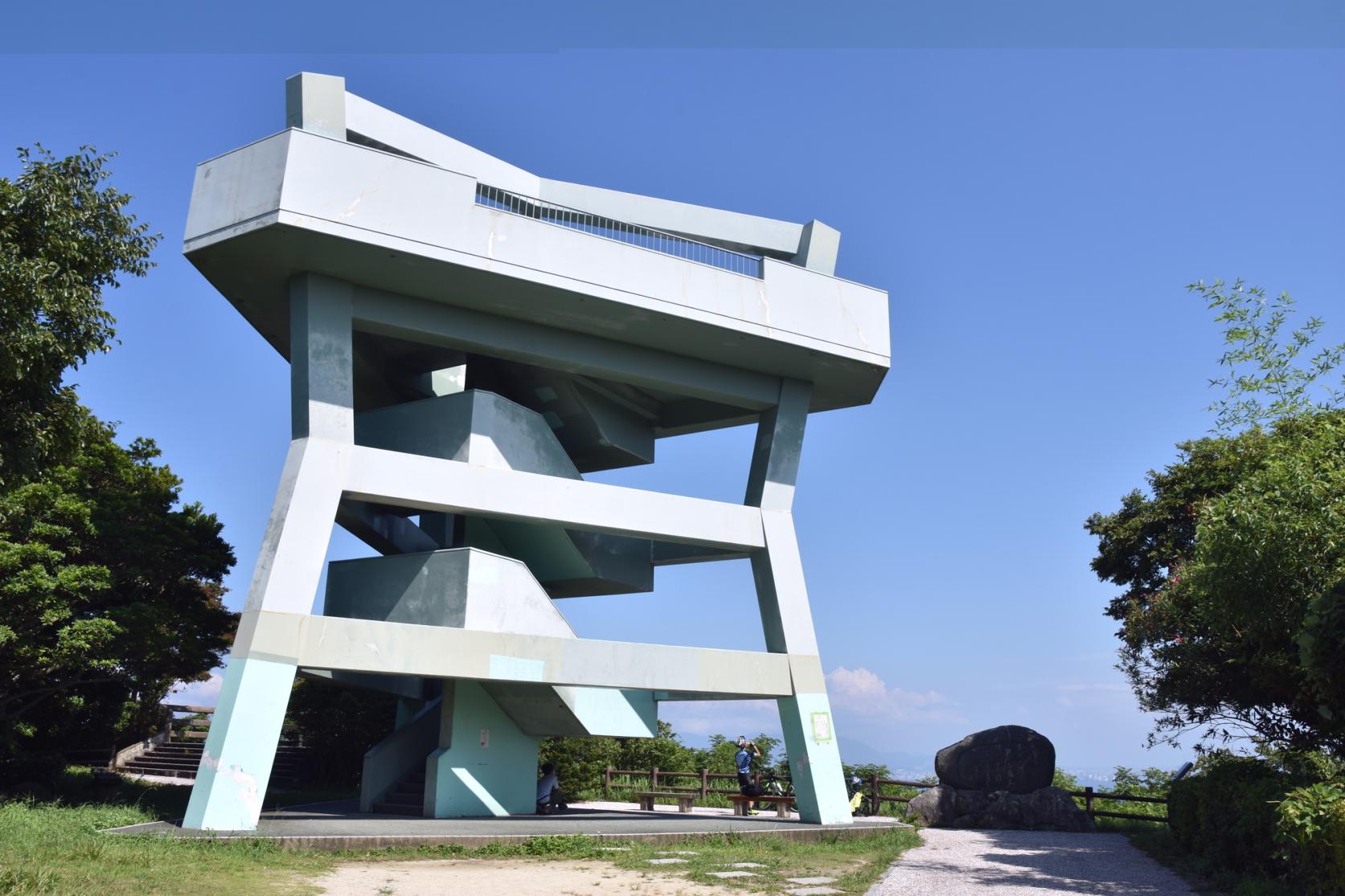
Shika Island - Shiomi Park Observatory
View moreThe Observatory in Shiomi Park is a famous spot to see the first sunrise. However, due to the shortage of parking spaces and the traffic congestion in the area, many view the first sunrise on the shore of Shika Island instead. While you’re there, we also recommend visiting the Shikaumi Shrine for Hatsumode.
-
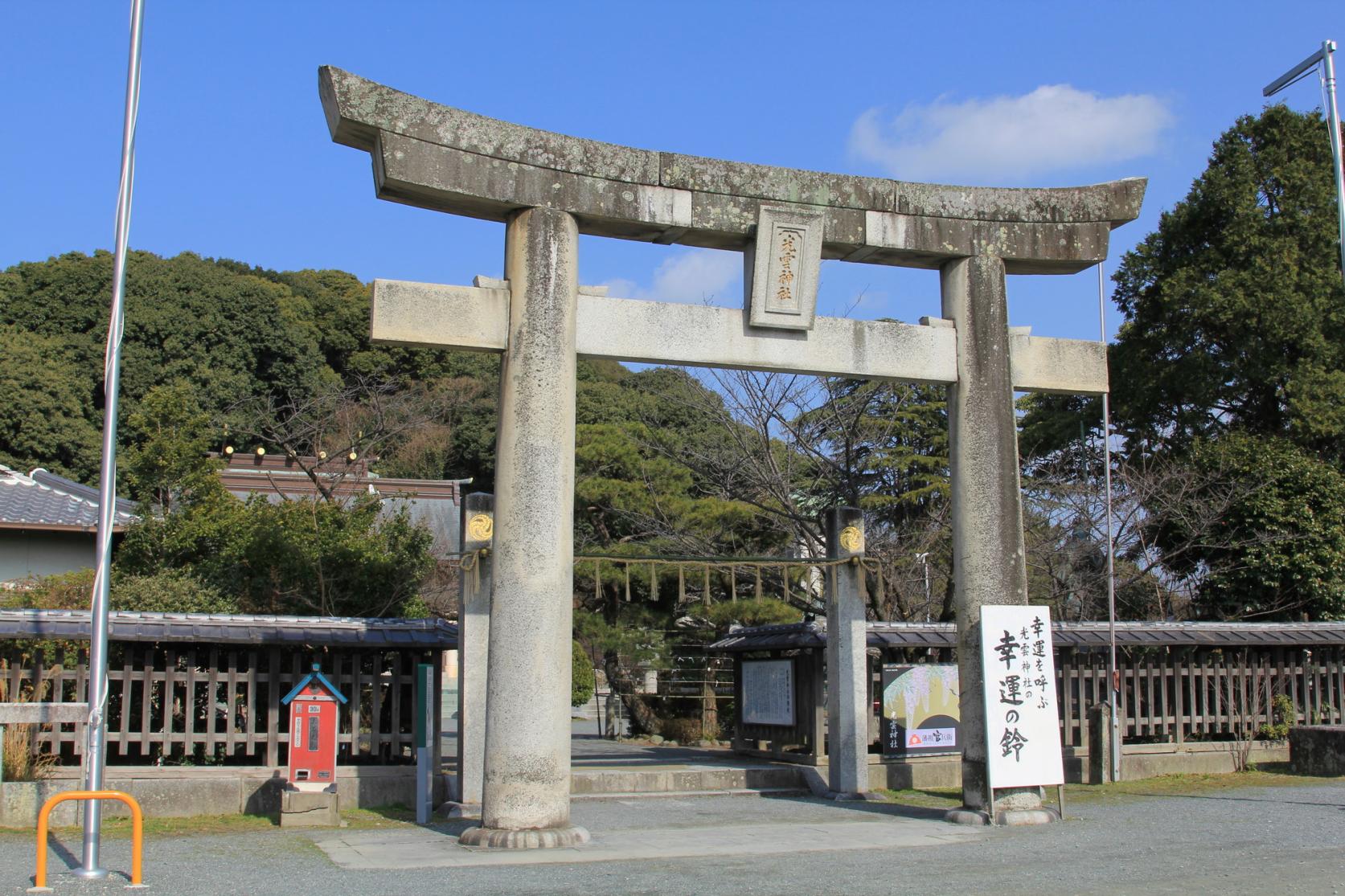
Nishi (West) Park
View moreThere are multiple observation decks in this park, so in addition to enjoying the first sunrise, you can also view the city on the ocean side, Nokonoshima Island floating in Hakata Bay, and Shika Island on the opposite shore.
Also within the park is the Terumo Shrine, where Josui Kuroda is enshrined alongside his son, Nagamasa, and many visit here on January 1st for Hatsumode as well. -
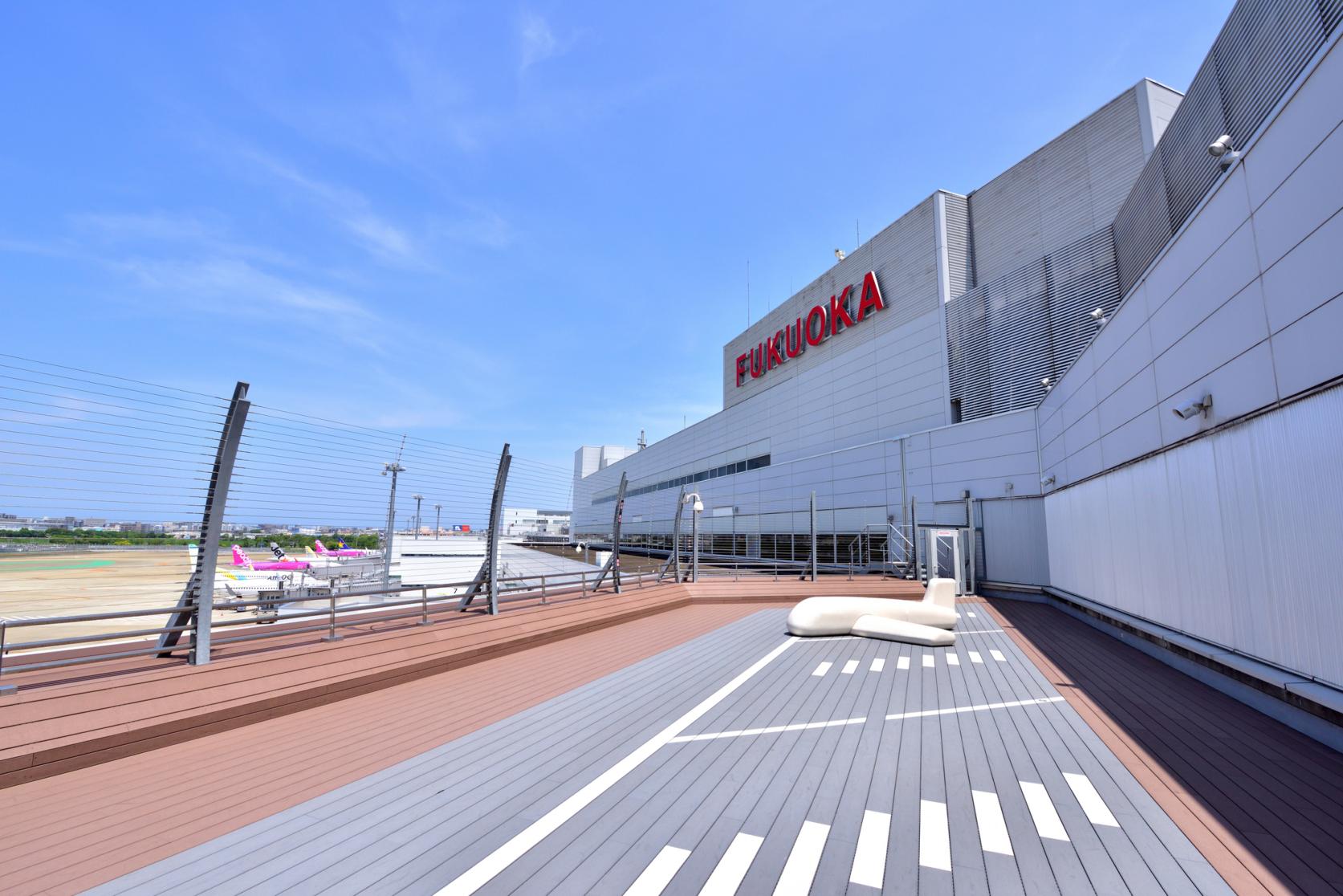
Fukuoka Airport
View moreThe observation deck at the airport, which has a spacious parking lot, is a surprising and lesser known spot to view the first sunrise. The exhilarating 360 degree panorama lets you view the first sunrise accompanied by the arrival and departure of passenger jets. However, be aware that the observation deck does not open until 7:00 AM.
[First Sunrise] Kitakyushu Area
Mount Sarakura Observation Deck
When you arrive at the top of this mountain via cable car or slope car, you are greeted with a vast panoramic view reaching from the streets of Kitakyushu to the Kanmon Straits. Both the cable and slope cars operate on a special early morning schedule during New Year’s, enabling you to see the first sunrise from the observation deck. The deck’s restaurant is also open from the morning with a special New Year’s menu.
-
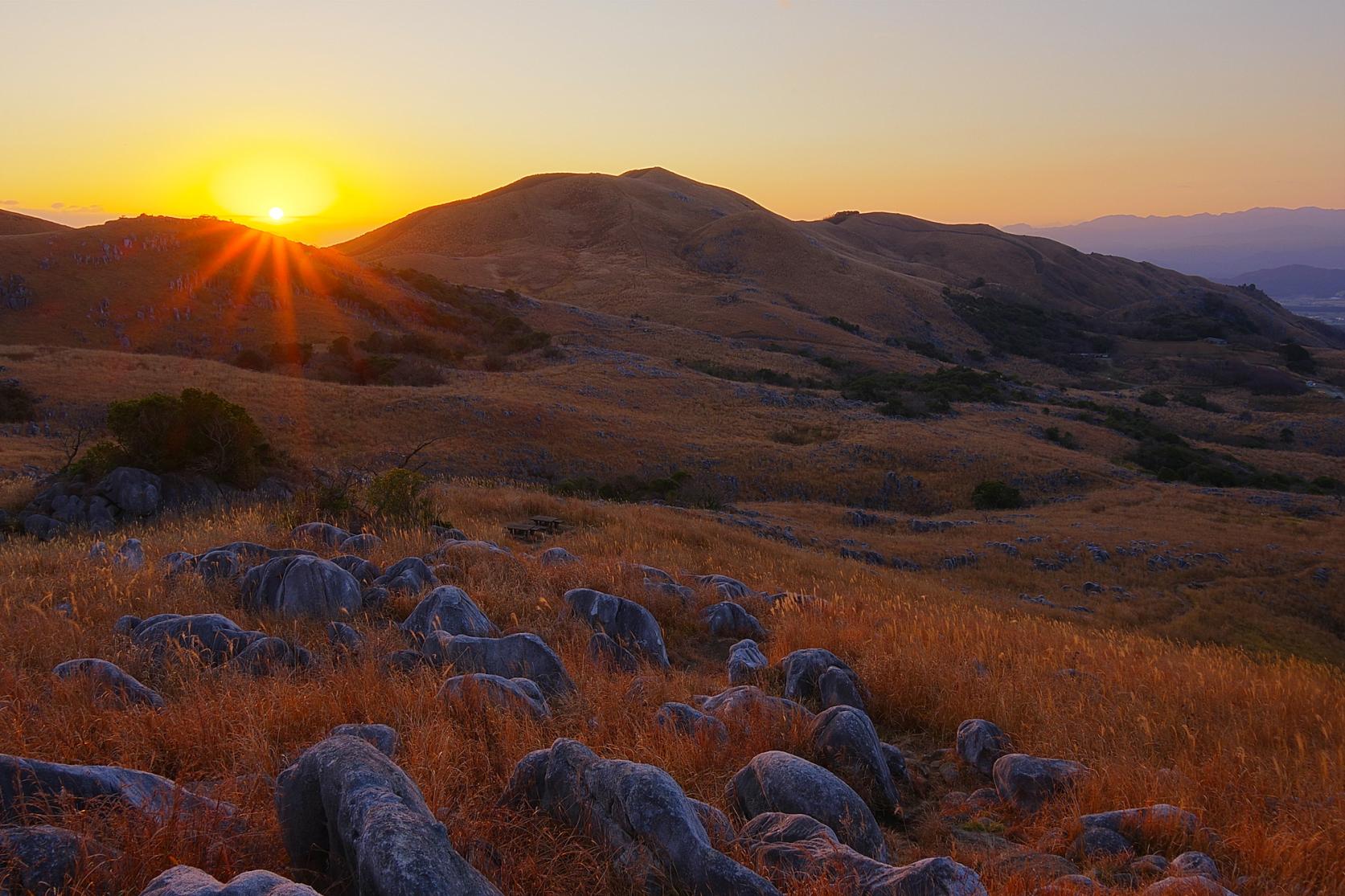
Sola Land Hiraodai (Hiraodai Countryside Park)
View moreLocated on a plateau at an altitude of 400 meters, this spot offers a view of the Hiraodai Countryside Park, selected as one of the top 100 geological spots in Japan. The park is open between 6:00 and 8:00 AM on New Year’s Day for viewing the first sunrise. You can enjoy that first sunrise along with a view of one of Japan’s best examples of karst topography.
-
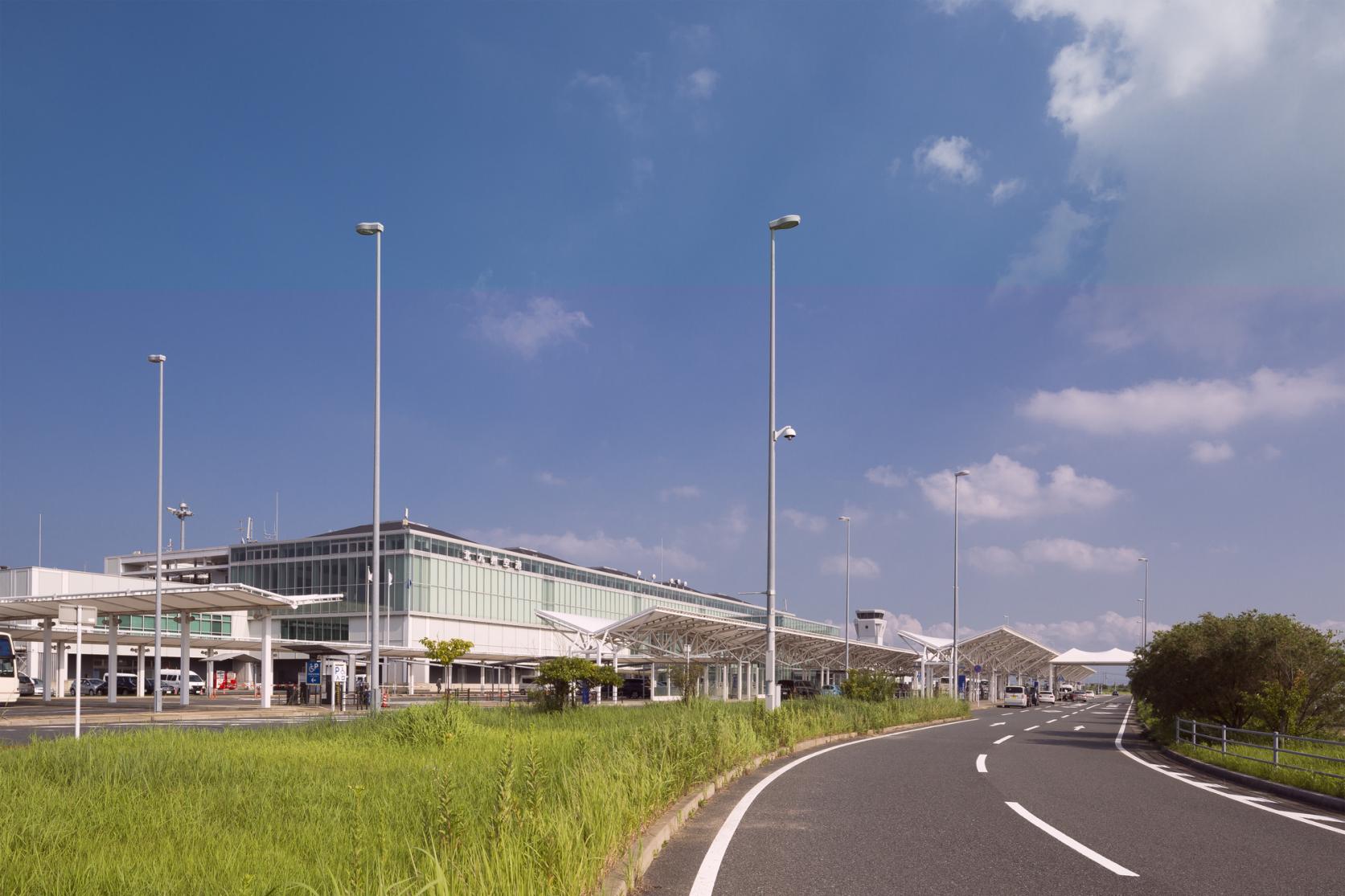
Kitakyushu Airport
View moreKitakyushu Airport, the only airport in Kyushu that operates round the clock, is an ideal spot for the first sunrise. One very popular option here is the annual Hatsu-Hinode Flight, where passengers are selected by lottery, that lets you view the first sunrise from up in the air.
-
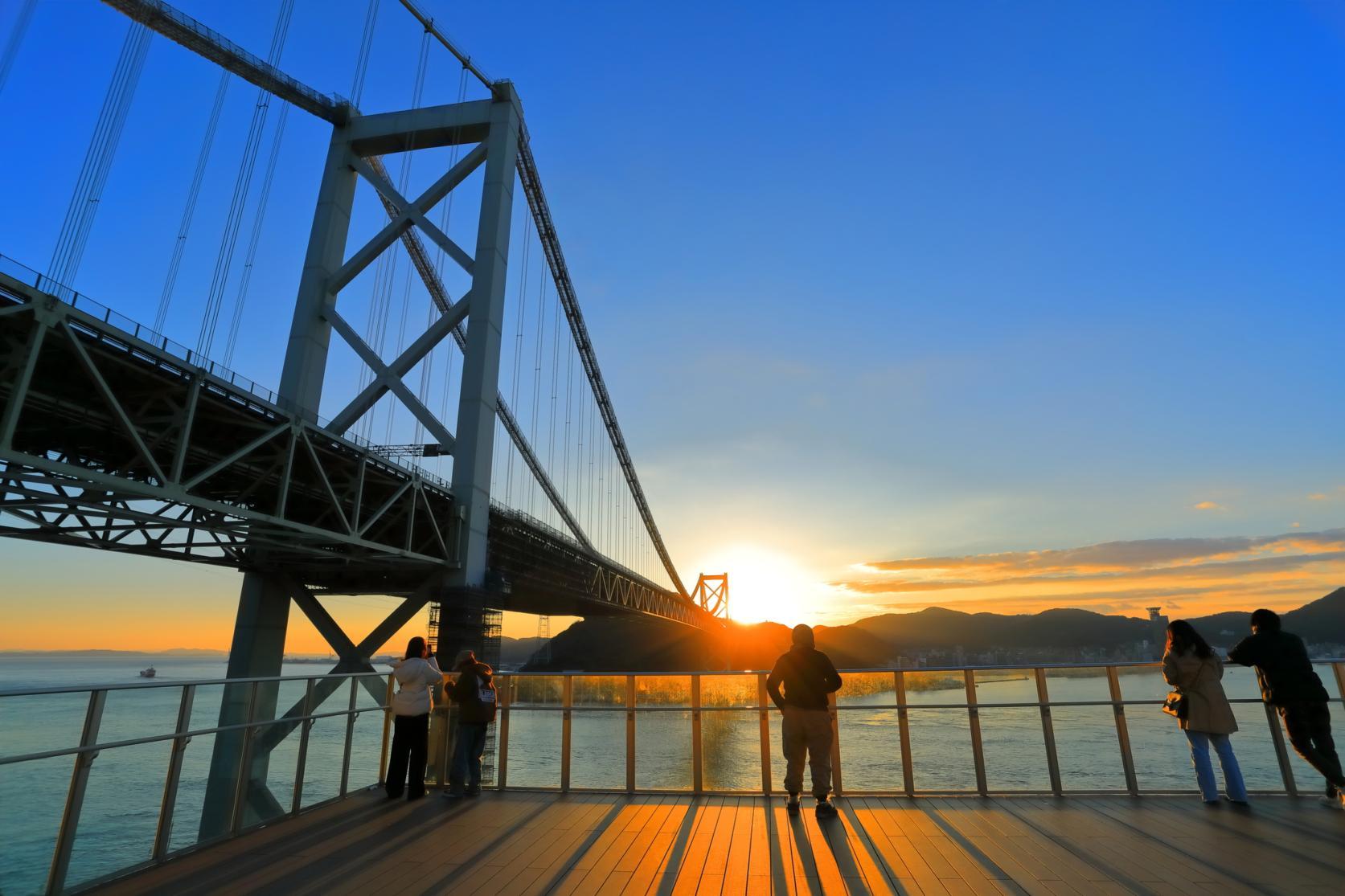
Mekari Park Second Observatory
View moreThis park, situated on the western edge of the Setonaikai National Park, offers experiencing both the waterfront and the fresh forest air. You can also catch a view of the first sunrise, along with a view of Kanmon Bridge, from the wooden Second Observatory.
[First Sunrise] Chikugo Area
-
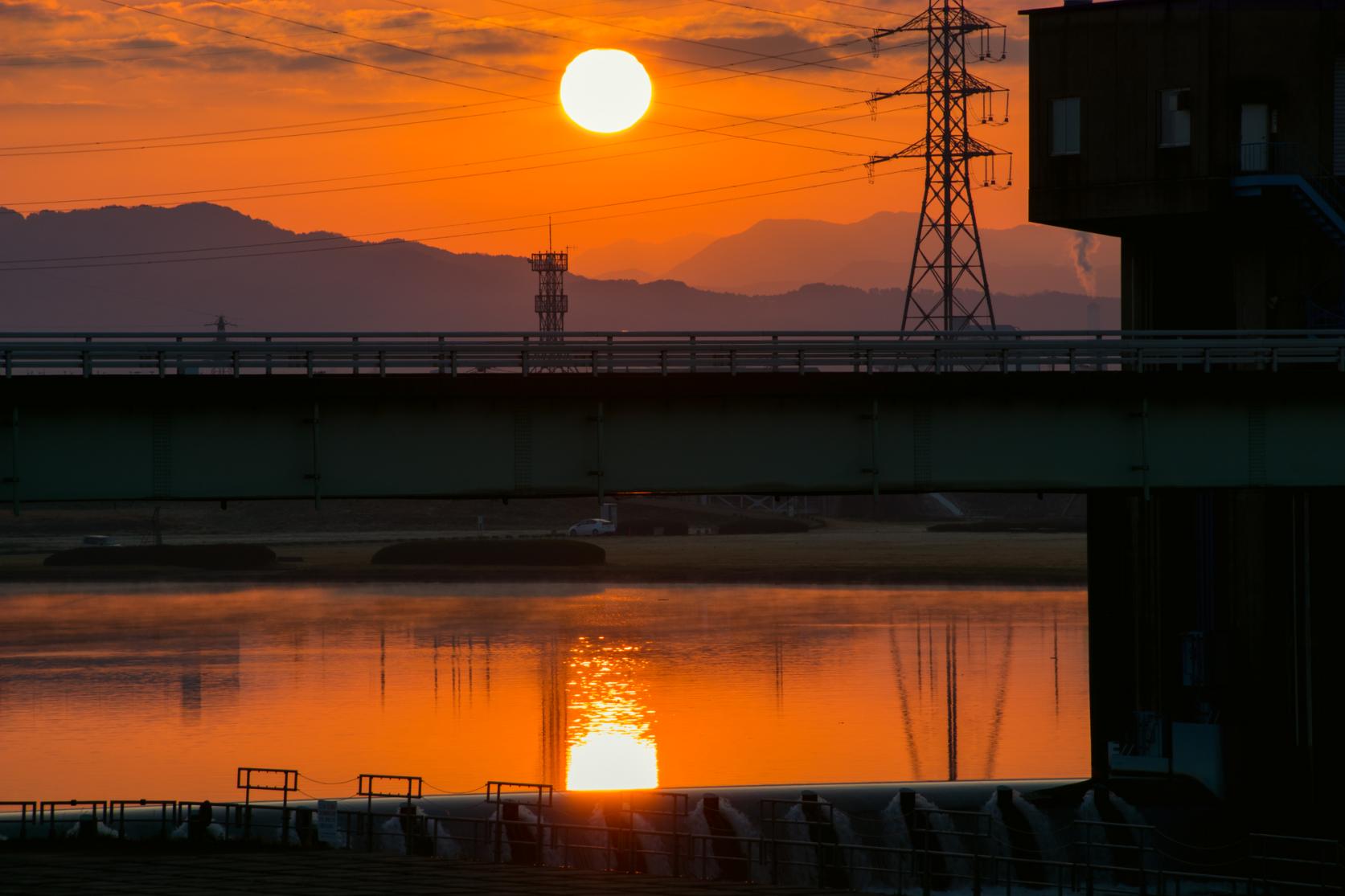
Chikugo River Oishiseki (irrigation water weir)
Oishiseki is a place that played an important role in directing water from the Chikugo River into the surrounding flatlands. If you wait a little while after the first sunrise, then the light of that rising sun will begin to reflect off the river surface, offering a sparkling, shining view.
-
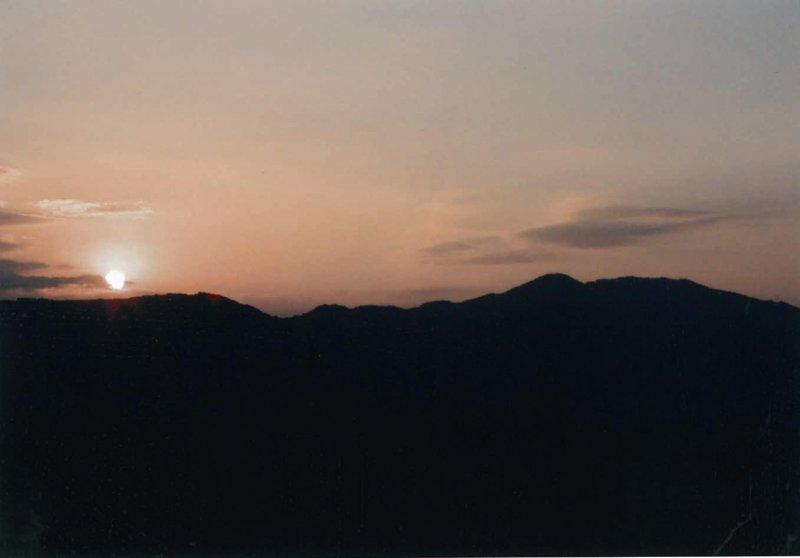
Amagiyama
View moreThis ideal spot offers a beautiful view of Omuta City, along with Unzen and the Ariake Sea. You can drive by car to the top of the mountain, so it is popular as one of the more accessible places to view the first sunrise.
[First Sunrise] Chikuho Area
-
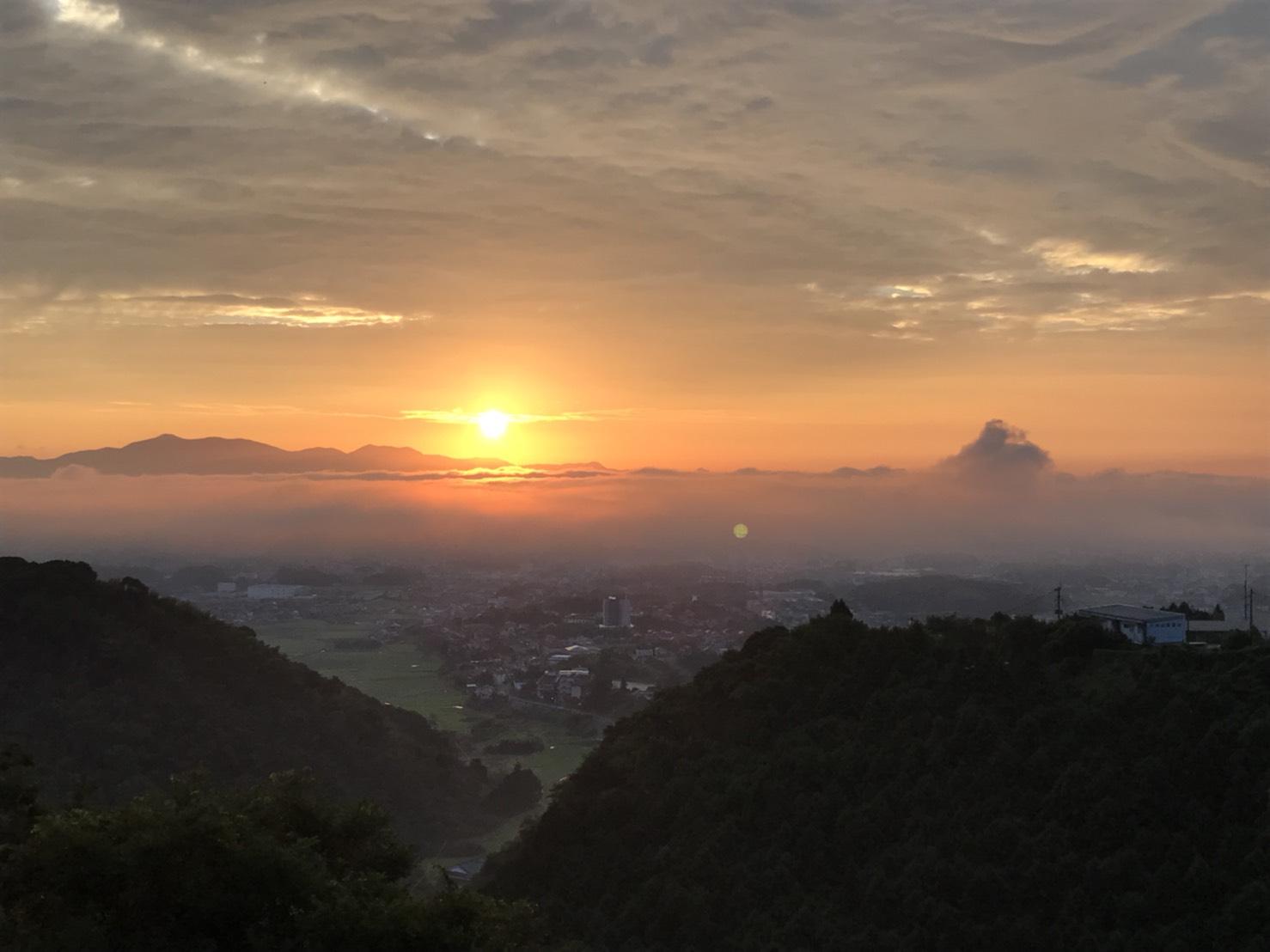
Yakiyama Tenbo Park
View moreThis park is a famous spot for viewing the cherry blossoms in the springtime. It is also bustling with visitors for the first sunrise as well. It is located at the Yakiyama Pass along National Route 201 and offers a view of Iizuka City, and if you’re lucky, you might even get to view a sea of clouds below you.
-
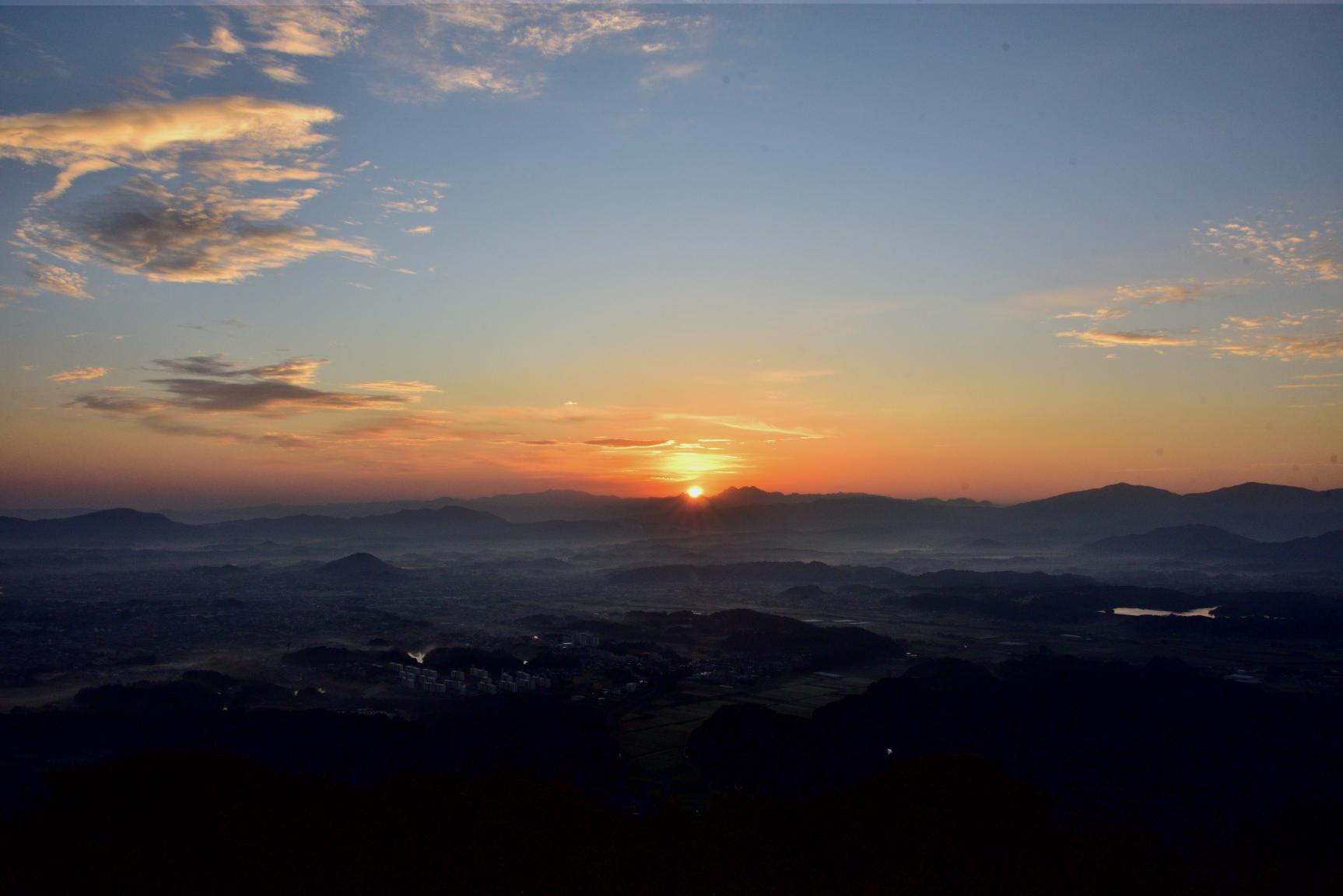
Ryuozan
The peak of this mountain can be reached in about 40 minutes from the starting point adjacent to the Yakiyama Kabokuen Park. Known as a spot to view the first sunrise, it offers great views of Mount Fukuchi, Mount Hiko, and three mountains of Kosho (Koshosansan) surrounding the Chikuho Basin.
[Hatsumode] What is Sansha-Mairi?
There is a custom rooted in Fukuoka Prefecture, called Sansha-Mairi, in which worshippers make the first shrine visit of the New Year, or Hatsumode, to three different shrines. Some theories about the origin of the custom are the practice of the Imperial Court to visit the three shrines of Ise Jingu, Iwashimizu Hachimangu, and Kamo Jinja, or that it was begun by Minamoto no Yoritomo and spread among military commanders. The practice was then said to have been popularized through a campaign by a railway company in Fukuoka, which promoted that worshippers would travel between the shrines by train.
While there are no rules about which three shrines you visit or the order in which you visit them, some say that the idea is to create a triangle by connecting the three shrines visited, and that it is good if your home is located within the triangle area.
Here are the three classic shrines in Fukuoka that are visited.
-
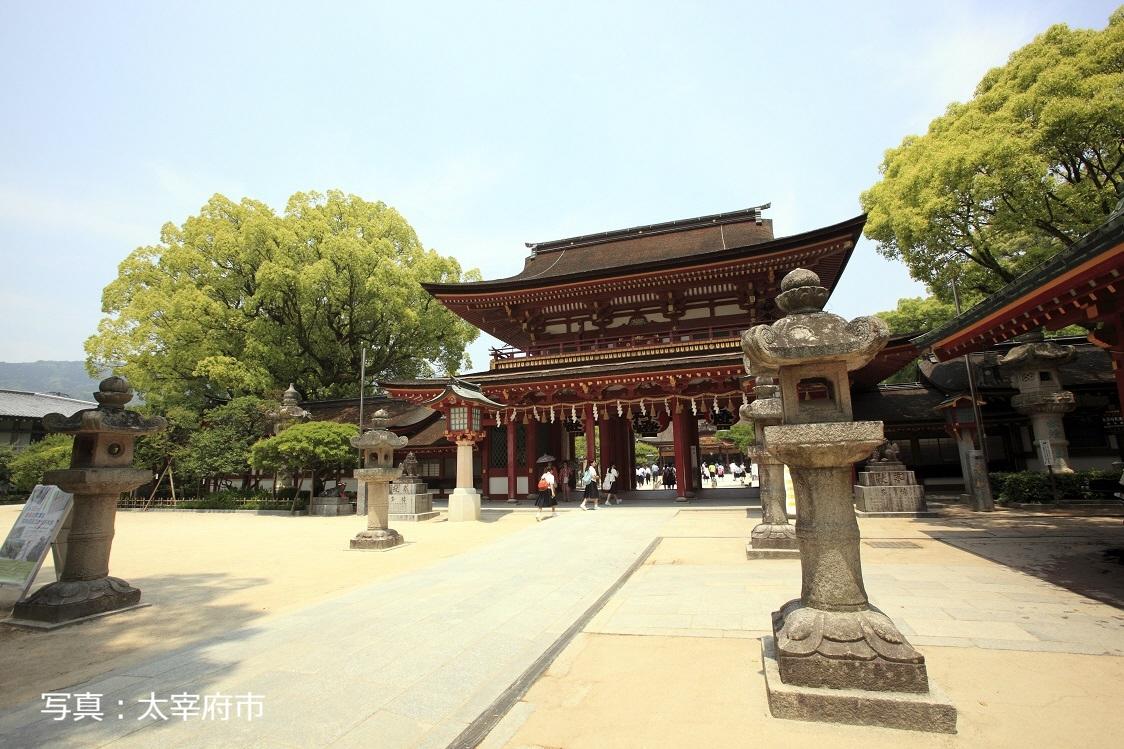
Dazaifu Tenmangu Shrine
View moreDazaifu Tenmangu Shrine enshrines Sugawara no Michizane, well known as a god of learning. Honored as the head shrine of over 12,000 Tenmangu shrines throughout Japan, many worshippers come to this, one of the largest shrines in Kyushu, for Hatsumode.
-
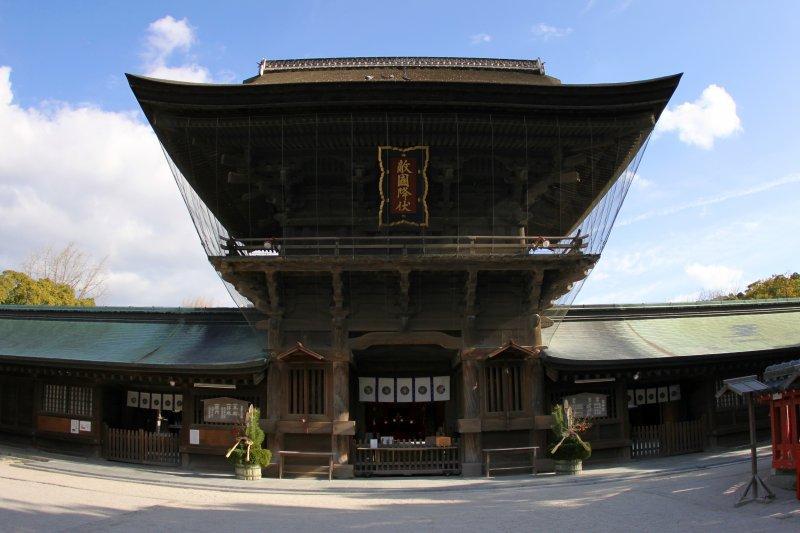
Hakozakigu Shrine
View moreThis is one of the three major Hachimangu shrines in Japan. The Tamatori Festival is held each year on January 3rd. Participants called Seriko, wearing an outfit called Shimekomi, also known as Fundoshi, much like Sumo wrestlers, engage in a fierce competition around a wooden ball that is said to bring good luck and ward off evil when touched.
-
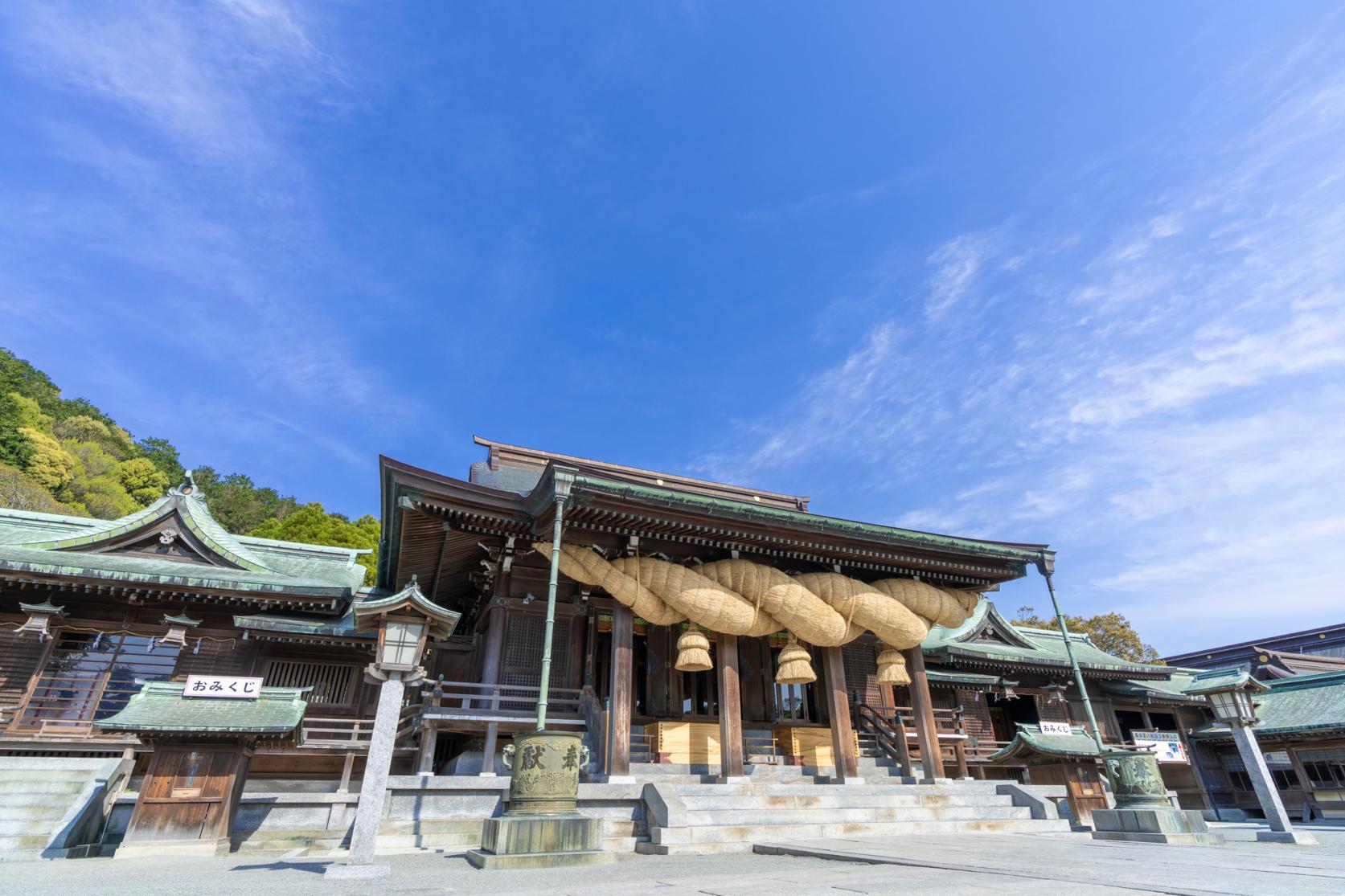
Miyajidake Shrine
View moreSymbolized by a large, stately Shimenawa straw rope, this shrine has long been known to bring good fortune and prosperity in business. Here, a Saitansai festival commences at exactly the start of the New Year past midnight, announced by the sound of large Japanese Taiko drums.
[Hatsumode] Fukuoka Area
-
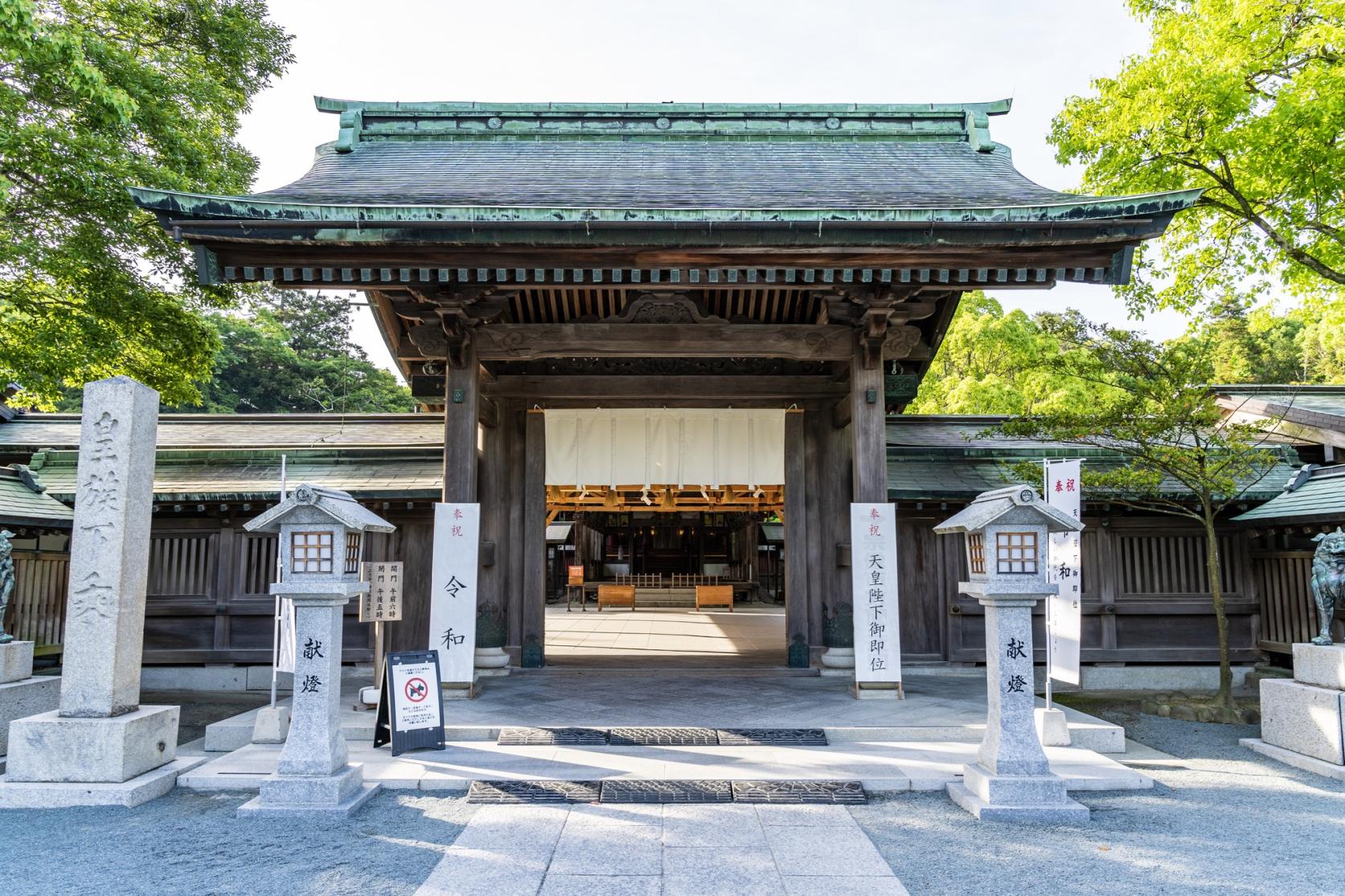
Munakata Taisha Shrine
View moreCountless people worship here as soon as the gates are opened just past midnight on New Year’s Day, praying for a safe coming year. A Saitansai festival is held on January 1st to celebrate the New Year and pray for the health and prosperity of the Imperial Family and the nation, and for peace for the community and its residents. Then, the Genshisai festival is held on the 3rd to celebrate the roots and origins of the Imperial throne.
-
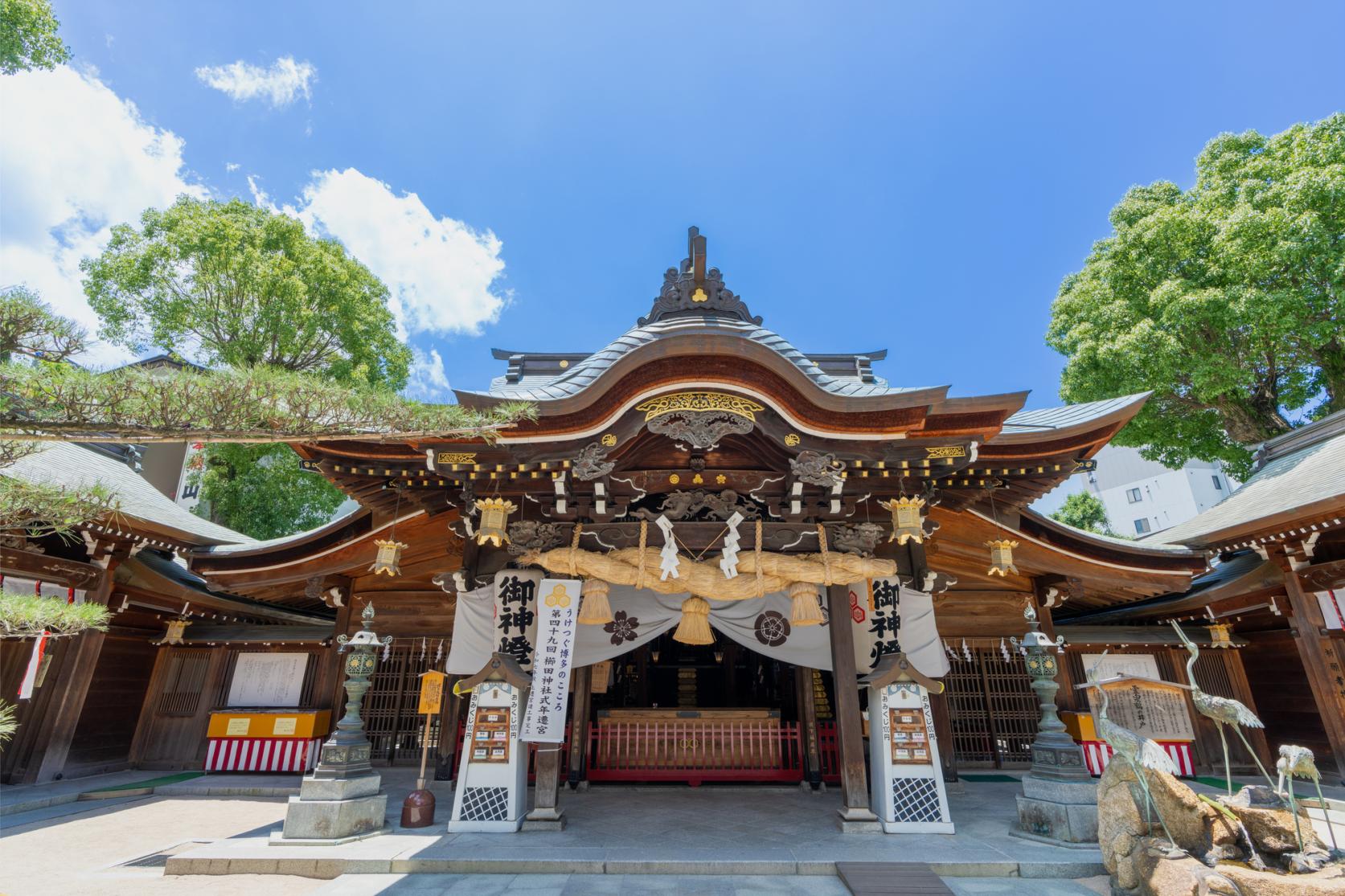
Kushida Shrine - The Shrine of Hakata's Guardian Deity
View moreThis is one of the oldest shrines and the guardian deity of Hakata. Here, the Hakata Gion Yamakasa festival is dedicated to the shrine each year. Located near the center of Hakata, it is known as a shrine for giving blessings for business prosperity, and sees countless visitors over the first three days of the New Year.
-
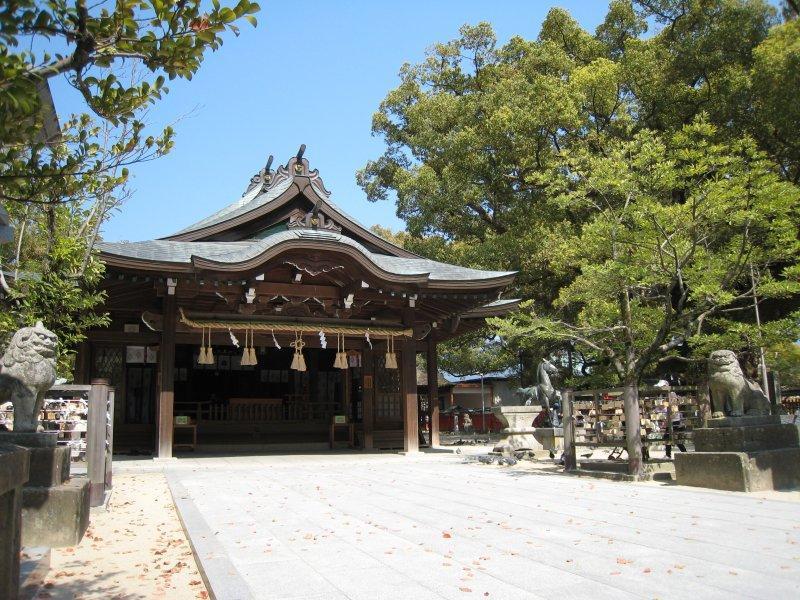
Umi Shrine(Umi Town)
View moreThe shrine is said to occupy the place where the Empress Jingu gave birth to Emperor Ojin after her triumphant return from the supposed invasion of the ancient Korean kingdom of Silla, which she had done while pregnant. A Saitansai festival is held here on January 1st, while the Ebisusai festival is held on January 3rd to pray for business prosperity during the coming year at Ebisu-sha, a sub shrine on the grounds.
-
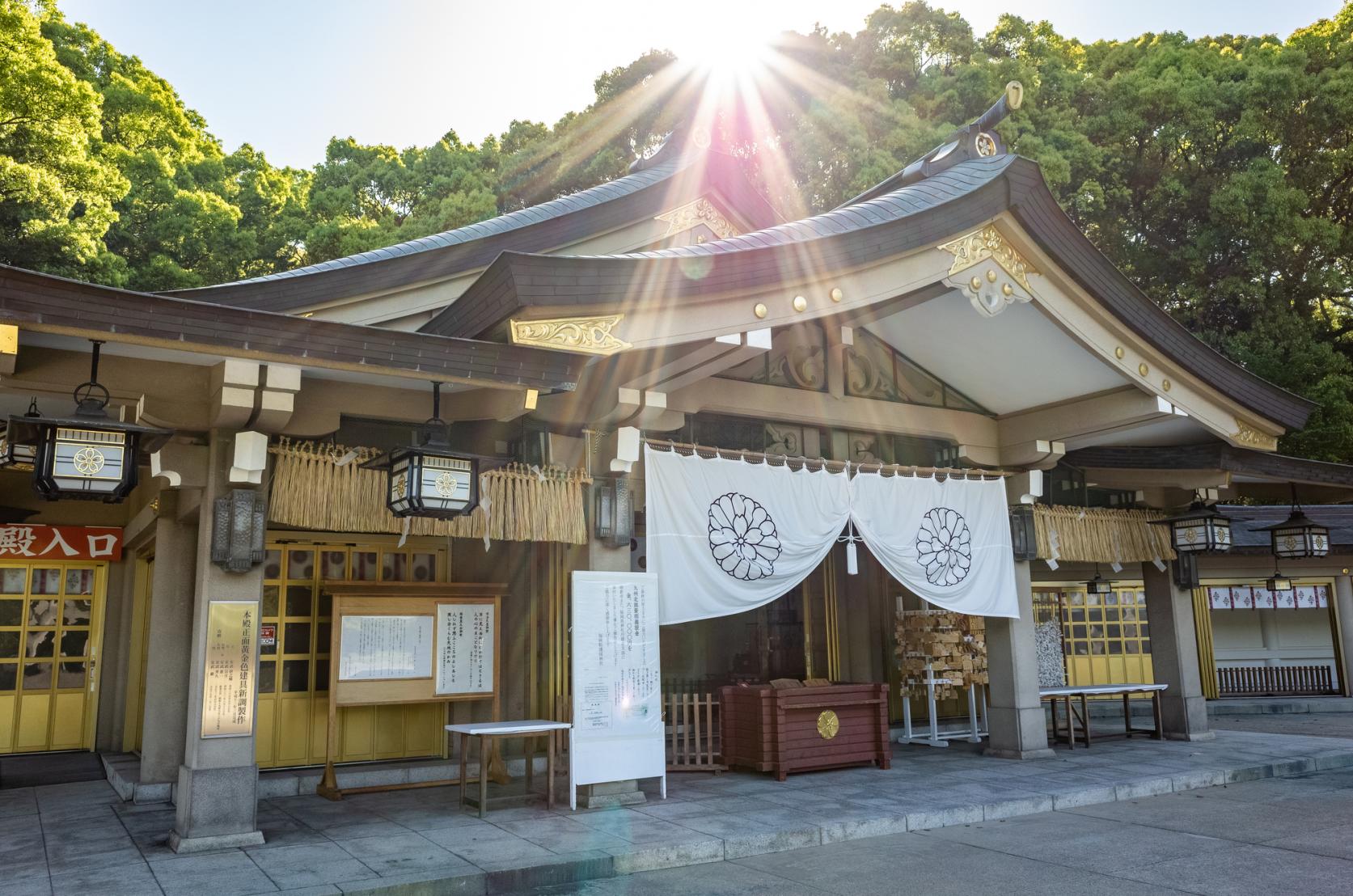
Fukuoka Prefecture Gokoku Shrine
View moreHere, approximately 130,000 soldiers from Fukuoka who were killed in the line of duty between the Meiji Restoration and WWII are enshrined. The aging wooden Torii gate, at a height of 13 meters, was restored in time for worshippers to come for Hatsumode in 2024.
-
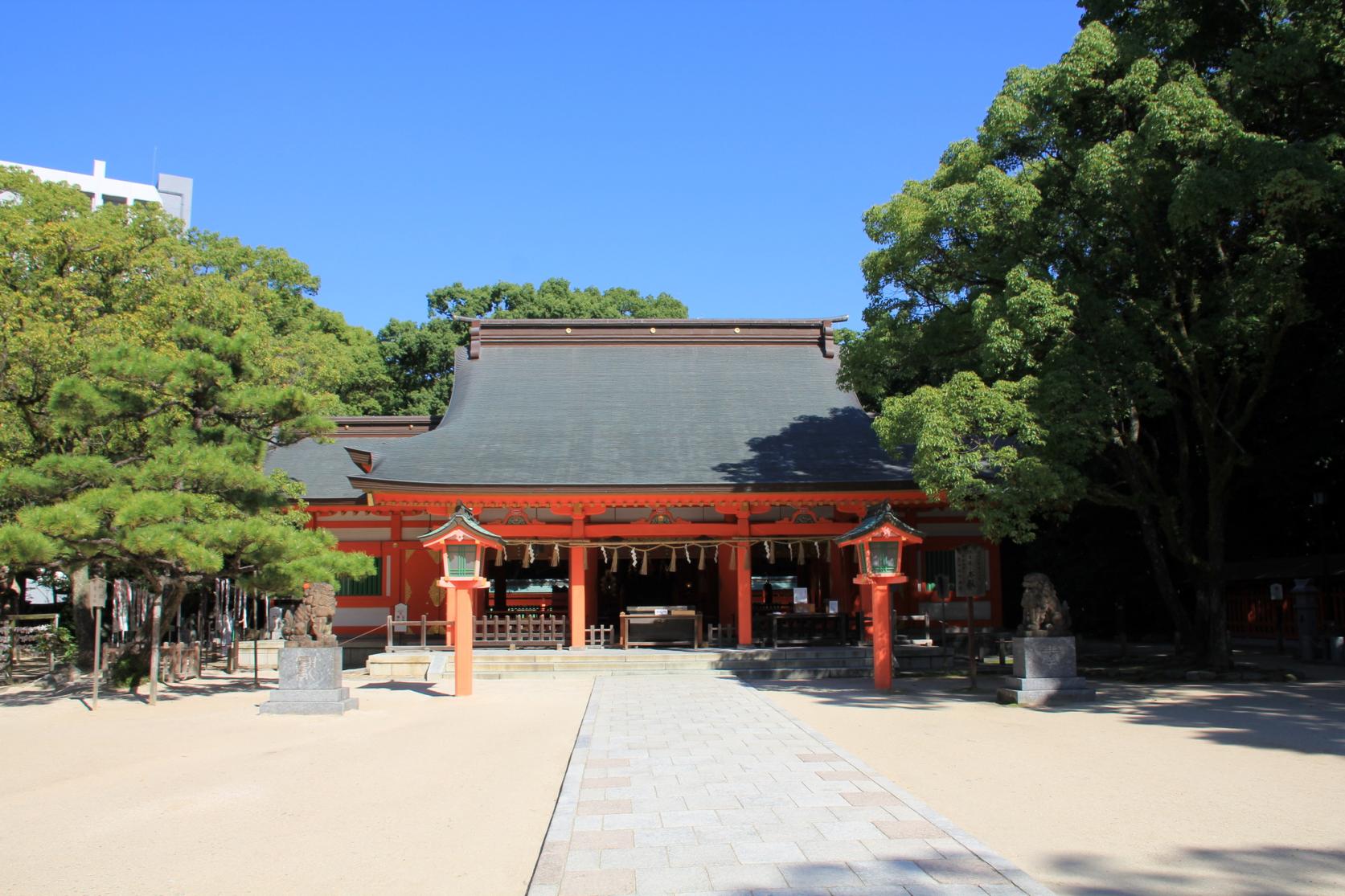
Chikuzen-no-Kuni Ichinomiya Sumiyoshi Shrine
View moreThis shrine, one of over 2,000 Sumiyoshi shrines in Japan, is said to be the oldest one, and is counted as one of the three major ones, alongside those in Osaka and Shimonoseki. The shrine is considered highly beneficial for business prosperity and bountiful fishing catches, and Kigansai festivals and lotteries to pray for luck are held on the first three days of January.
-
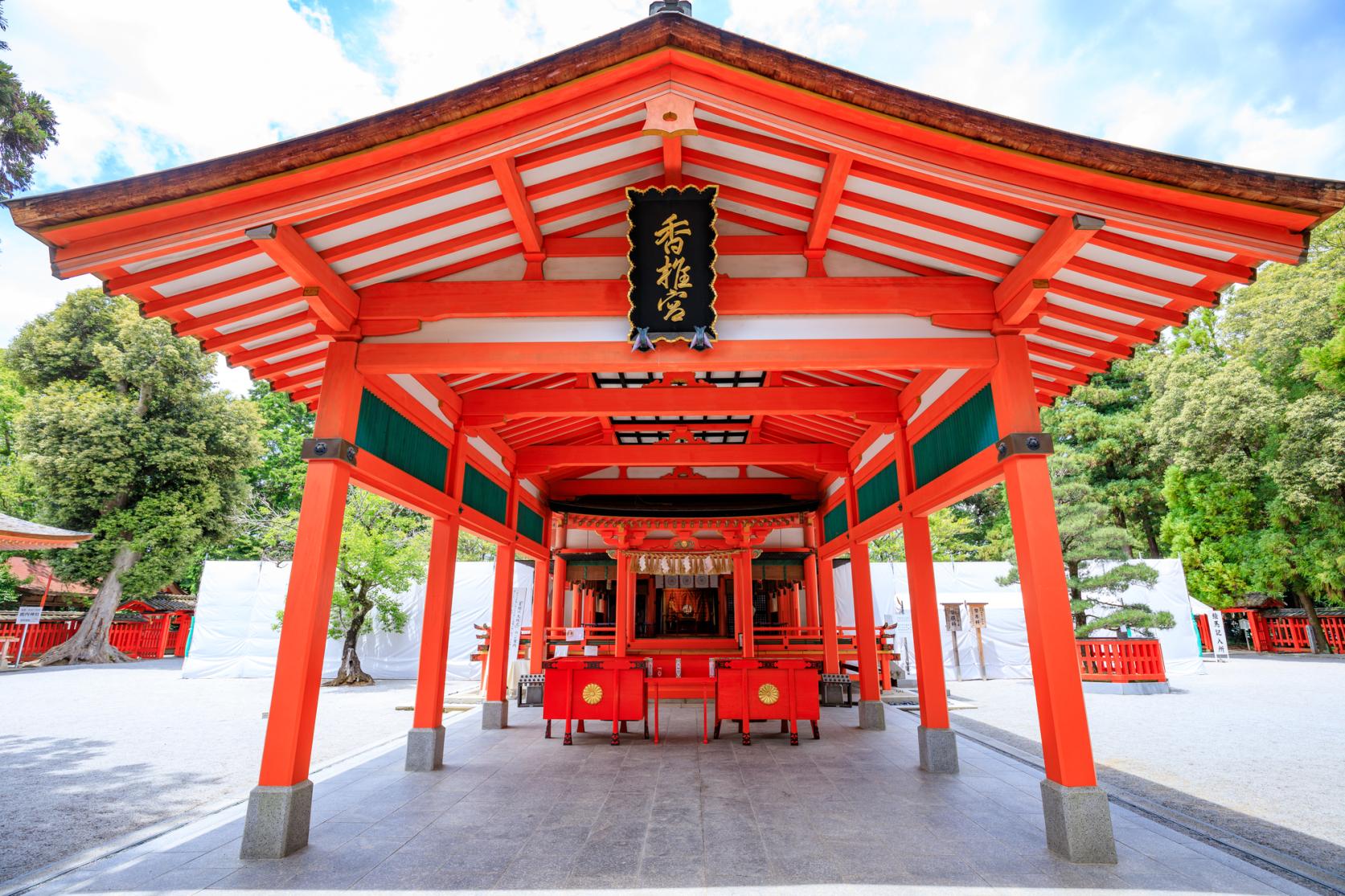
Kashii-gu Shrine
View moreHere, Emperor Chuai, said to have fallen in battle in the area, is enshrined, and the shrine has been revered by the Imperial Court since ancient times. It is also known as the married couple’s shrine that creates love ties, and many people come here on January 1st to pray for marital and familial happiness.
[Hatsumode] Kitakyushu Area
-
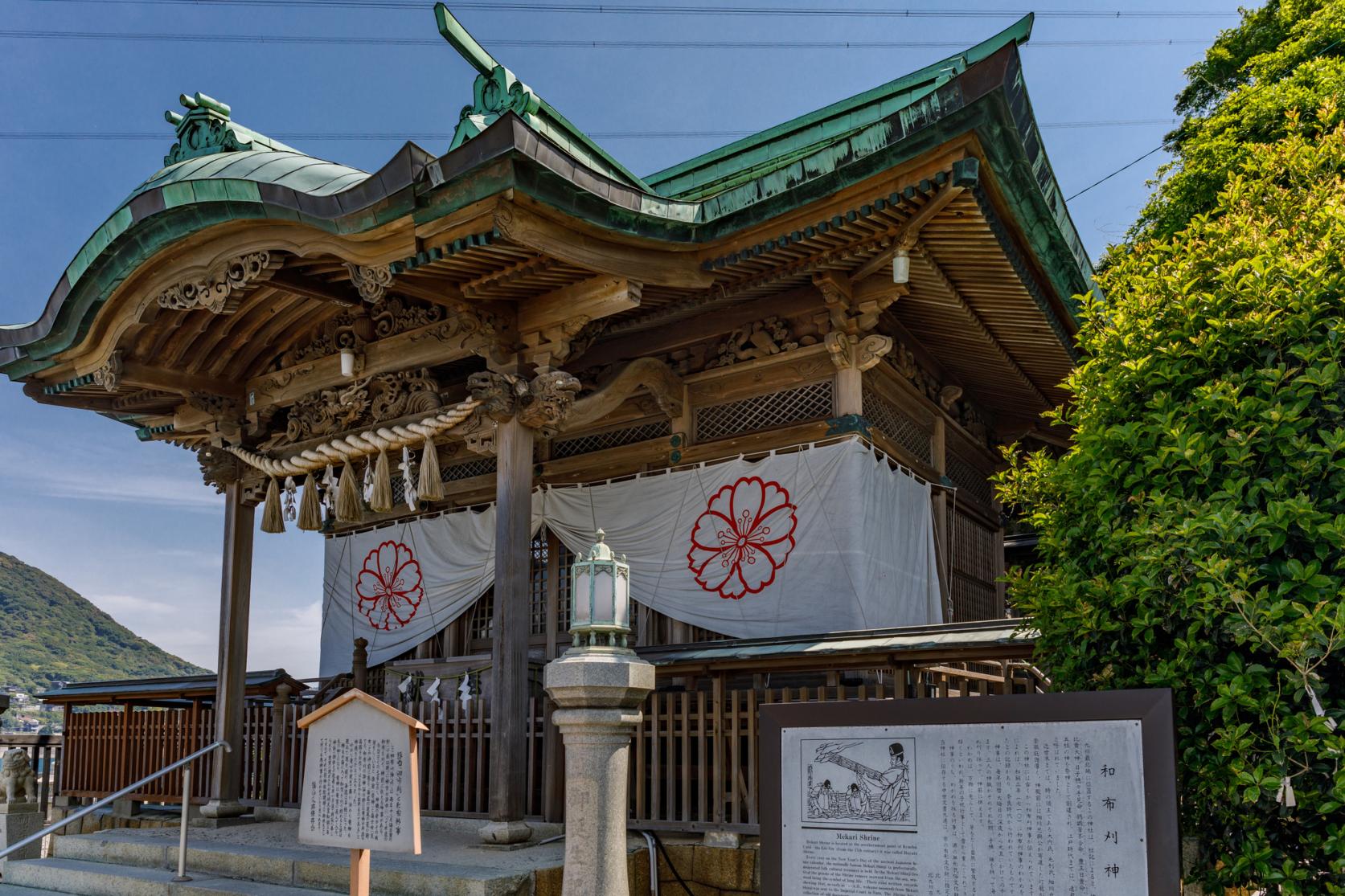
Mekari Shrine
View moreThis shrine, located at the northernmost point in Kyushu, has long been worshipped as enshrining the god of maritime transportation. It is a popular spot for Hatsumode in Kitakyushu. Easily accessible from the city, it is also located close to Mojiko Retro, a popular tourist destination.
-
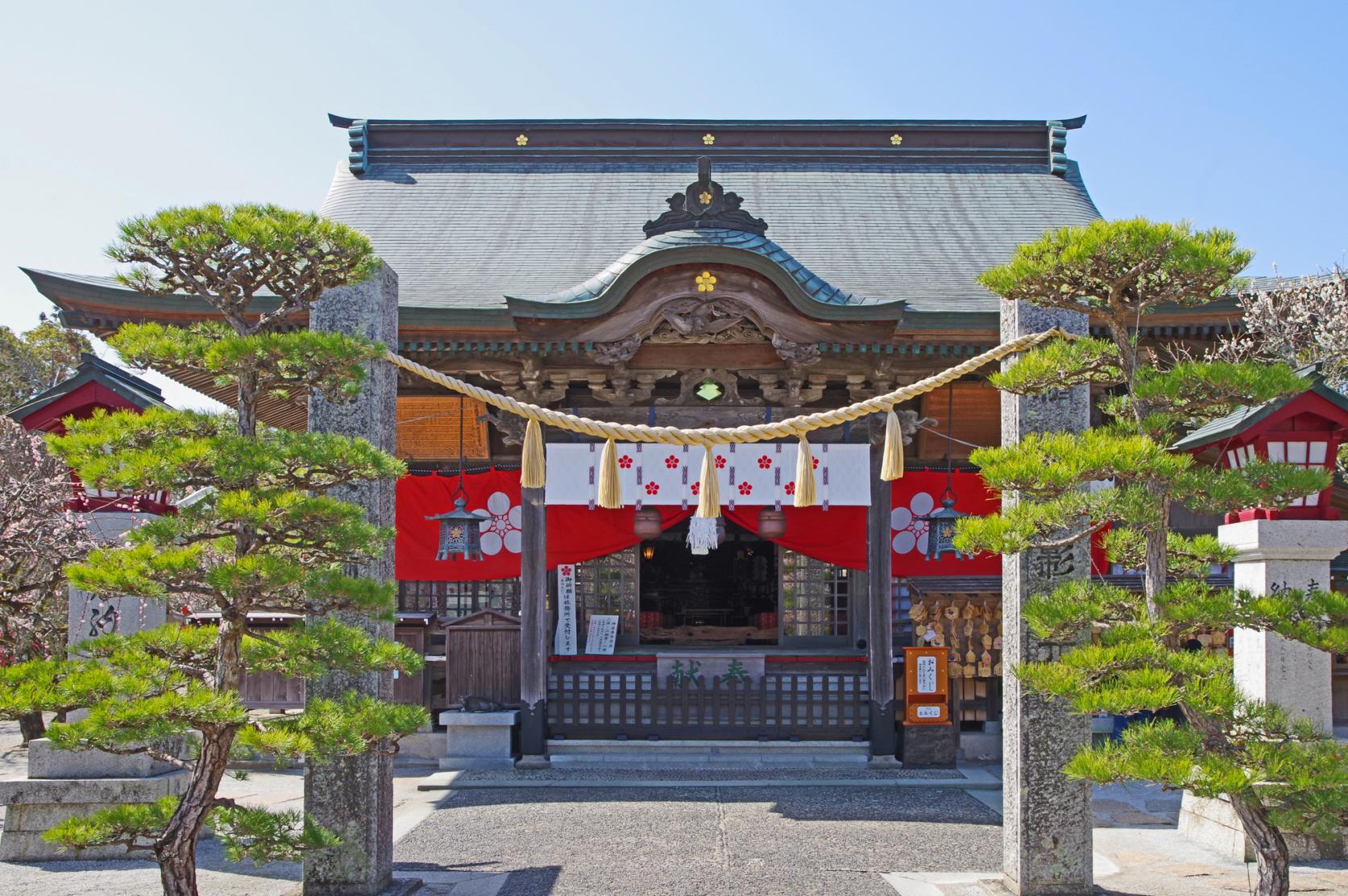
Tsunashiki Tenmangu Shrine
View moreThis shrine was originally constructed at a place where Sugawara no Michizane is said to have washed ashore during a storm as he was moving to his new post in Dazaifu after having been demoted. The shrine is known for offering blessings for passing tests and academic success.
-
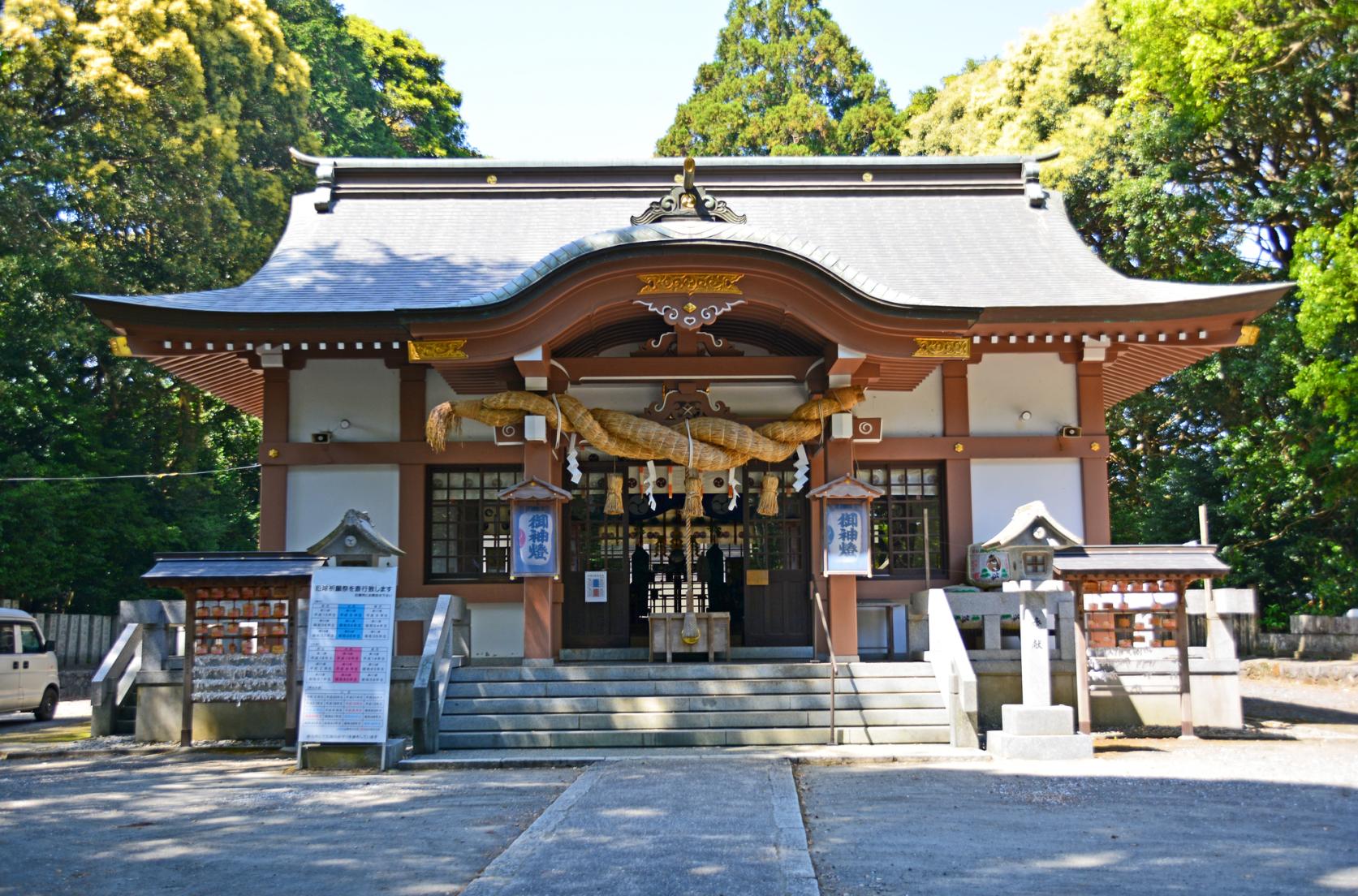
Higashi-Ono Hachiman Shrine
View more (Japanese website)This shrine, with a history of over 1,300 years, is known as the guardian of the Hiraodai Park with its karst topology, a national park. Many worshippers visit here on January 1st after watching the first sunrise from Hiraodai Park.
[Hatsumode] Chikugo Area
-
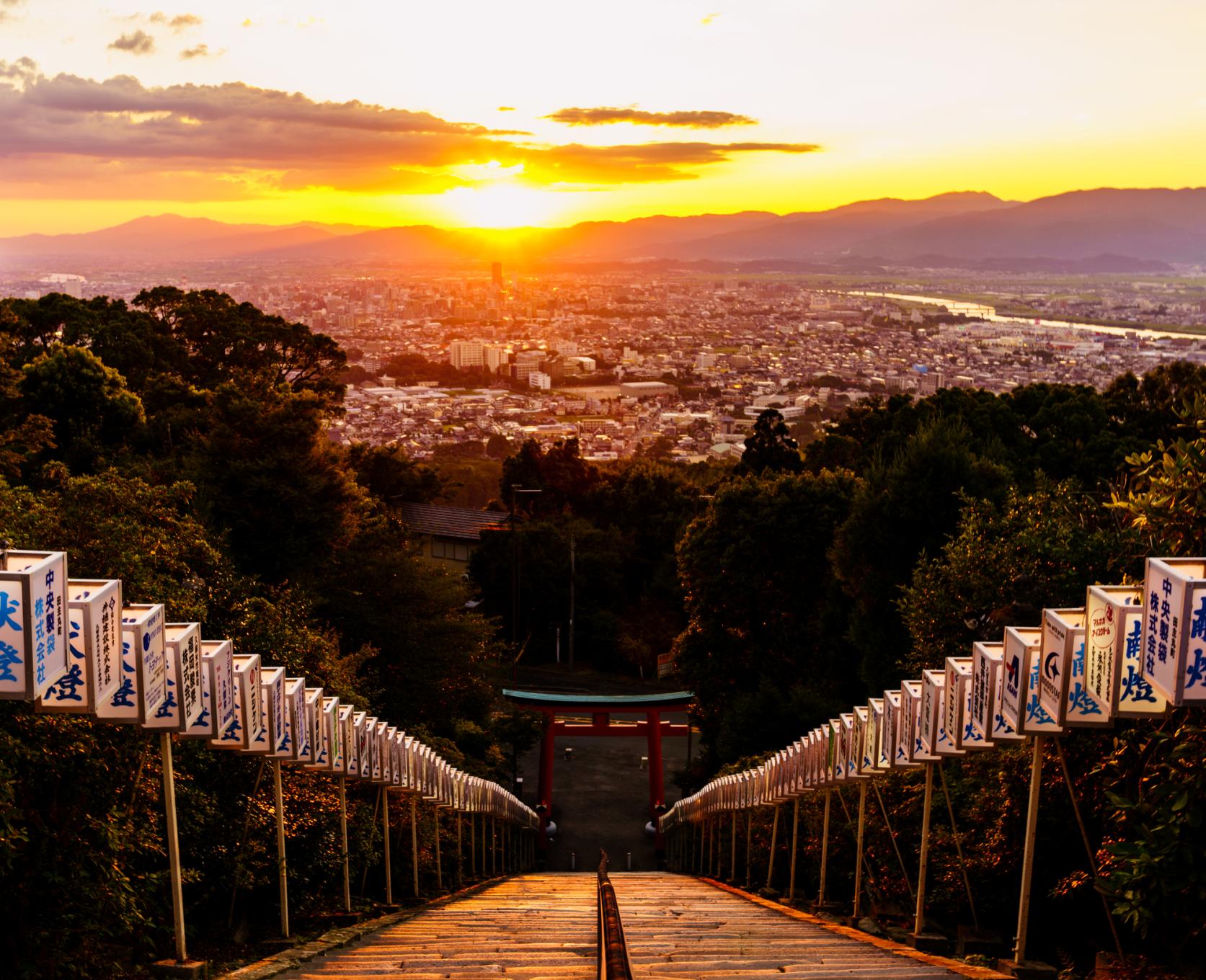
Kora Taisha Shrine
View moreThis shrine is located on Korasan, a mountain with an altitude of 312 meters at the western edge of the Mino mountain range. The approach to the shrine bustles with worshippers every year before the Japanese Taiko drums announce the start of the New Year Saitansai festival.
-
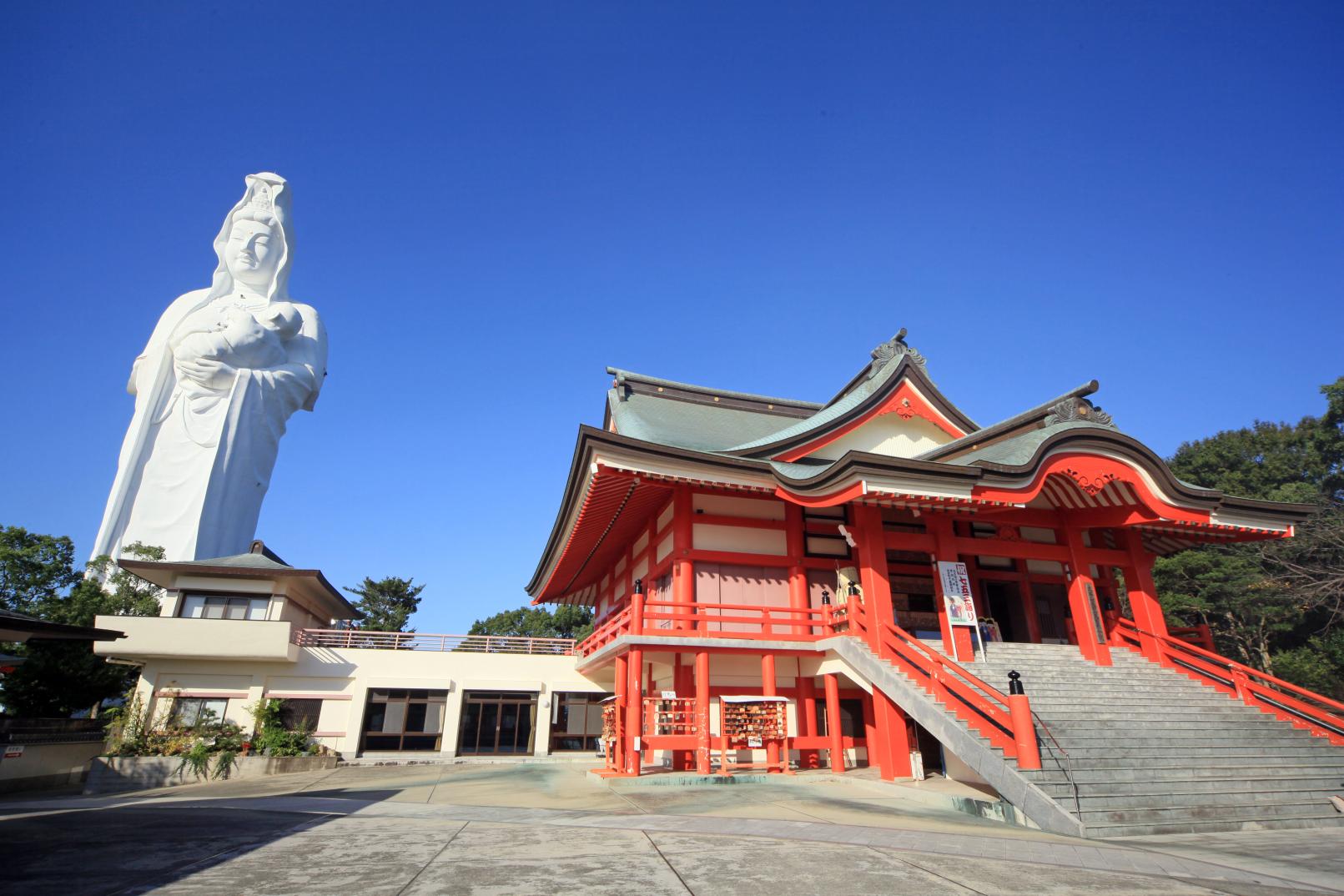
Daihonzan Naritasan Kurume Temple
View moreThis temple was established by trasnferring a part of the spirit of the Daihonzan Naritasan Shinshoji Temple in Chiba, known throughout Japan as Migawari-Fudoson. Here, the Gancho Shushoe Ogomaku ceremony is held immediately past midnight on January 1st, involving every priest, when the bells announcing the New Year start ringing.
-
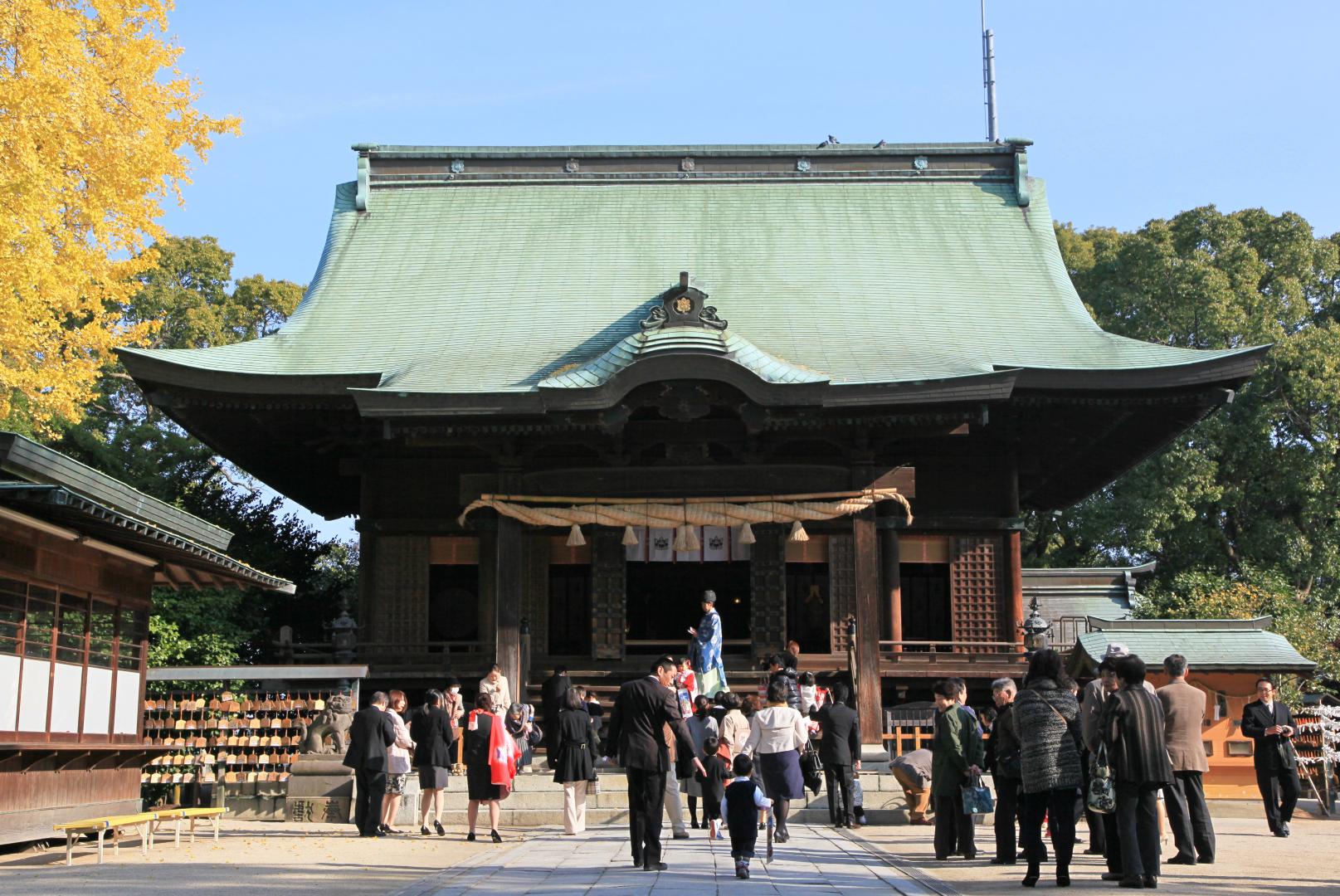
Suitengu Shrine
View moreThis is the head shrines of all Suitengu shrines in Japan, and enshrines the god of safe childbirth. The shrine bustles with countless worshippers when the drums start playing just after midnight on January 1st, while the Hatsusuitengu-sai festival, the first event of the New Year at the shrine, is held on the 5th.
-
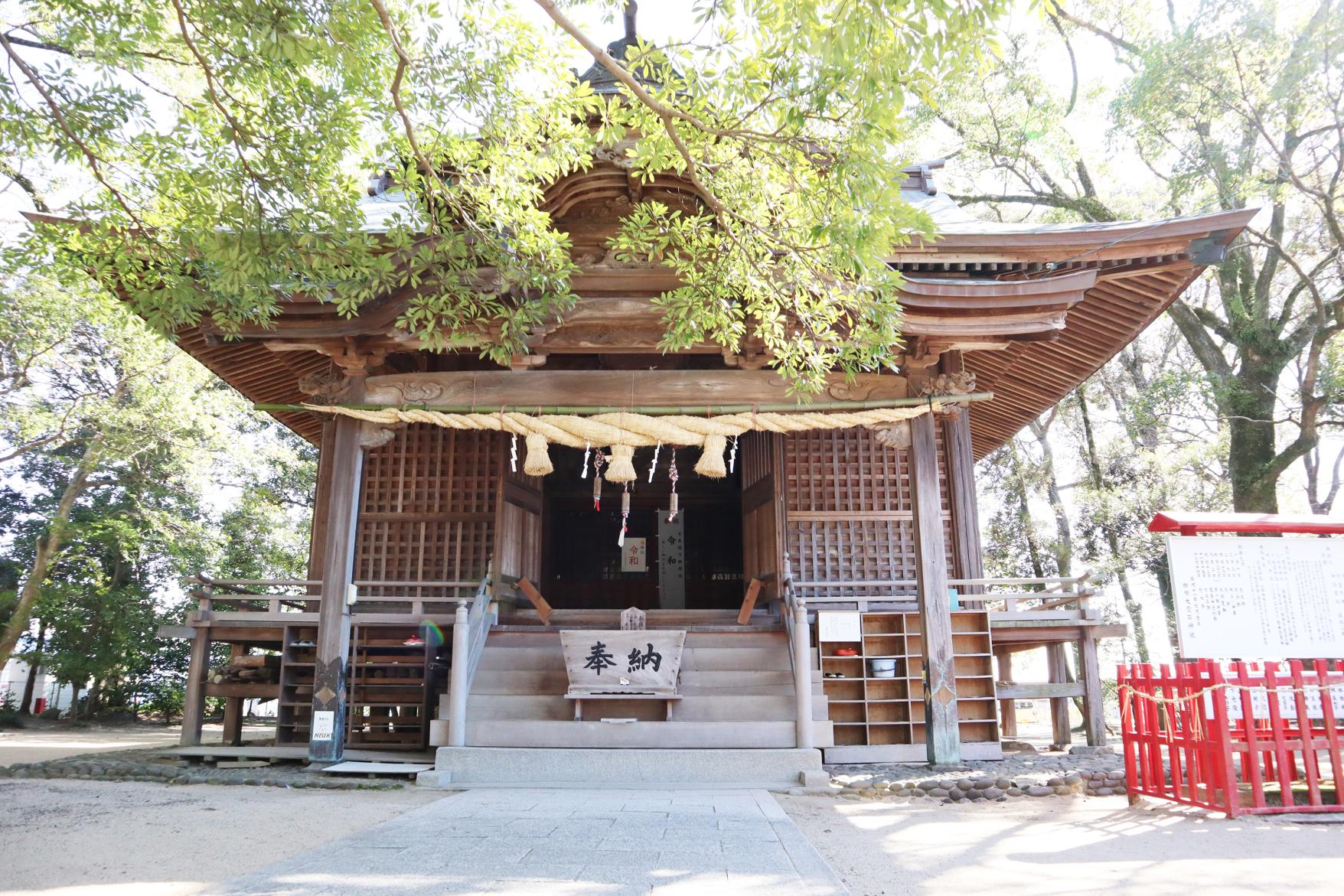
Misetaireiseki Shrine
View moreThis extremely prestigious shrine is one of the four shrines from Chikugo Province listed in the 10th century Japanese book on laws and customs, the Engishikigimmmyocho. Starting at about 11:30 PM on New Year’s Eve, local children give performances on Japanese drums several times, and a purification ritual commences as soon as the clock changes to January 1st. Worshippers are served with sacred Sake rice wine, Zenzai (sweet red bean soup with mochi), and ginkgo nuts from a sacred tree.
[Hatsumode] Chikuho Area
-
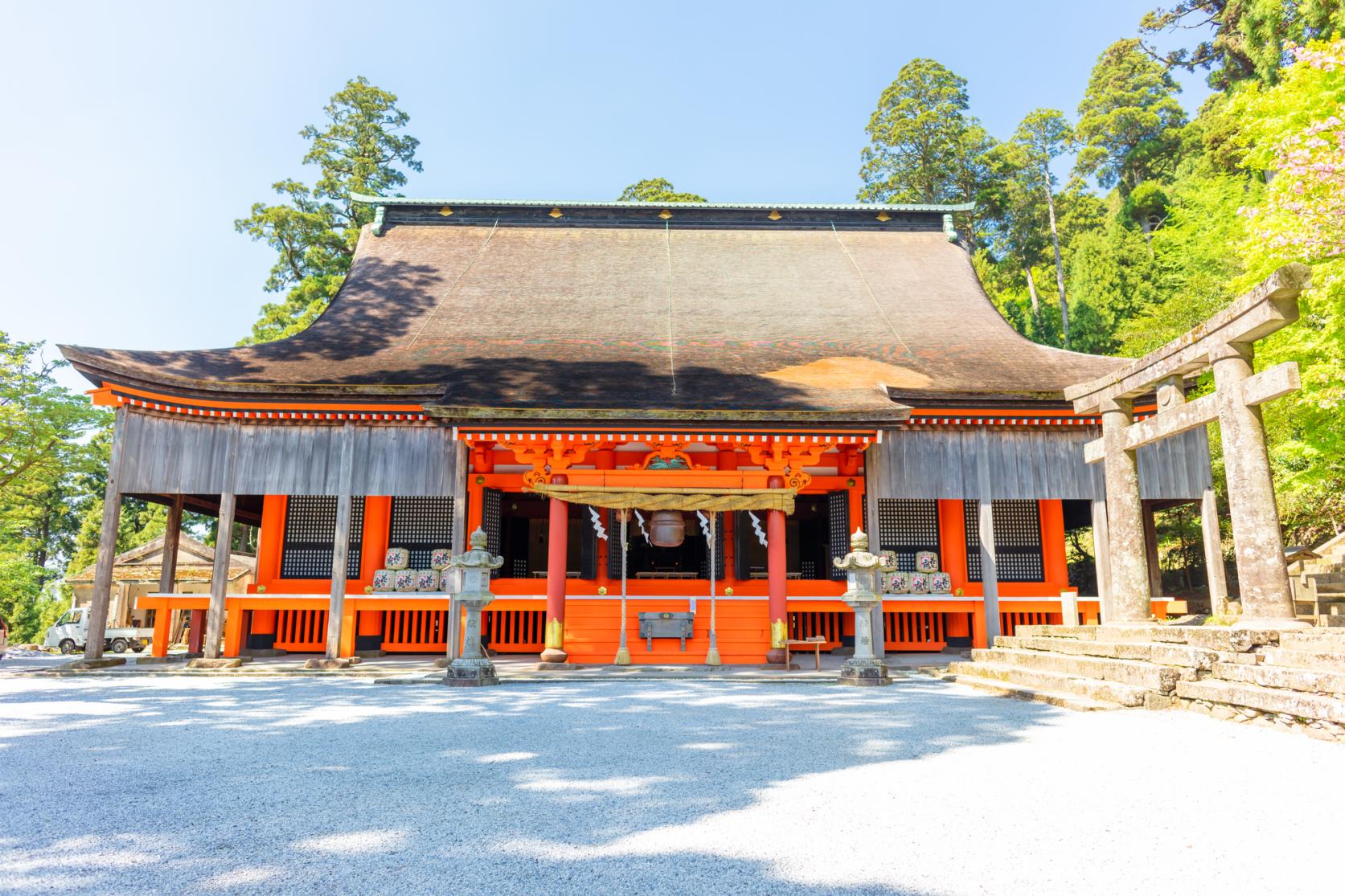
Hikosan Jingu Shrine
View moreHikosanjinjguhoheiden, designated as a National Important Cultural Property, is located near the center of Mount Hiko, one of the major three sacred mountains for Shugendo, a syncretic Japanese religion of mountain priests. Visitors can travel by slope car to view the bronze Torii gate and bronze roofed shrine building, which are considered rare in Japan.
-
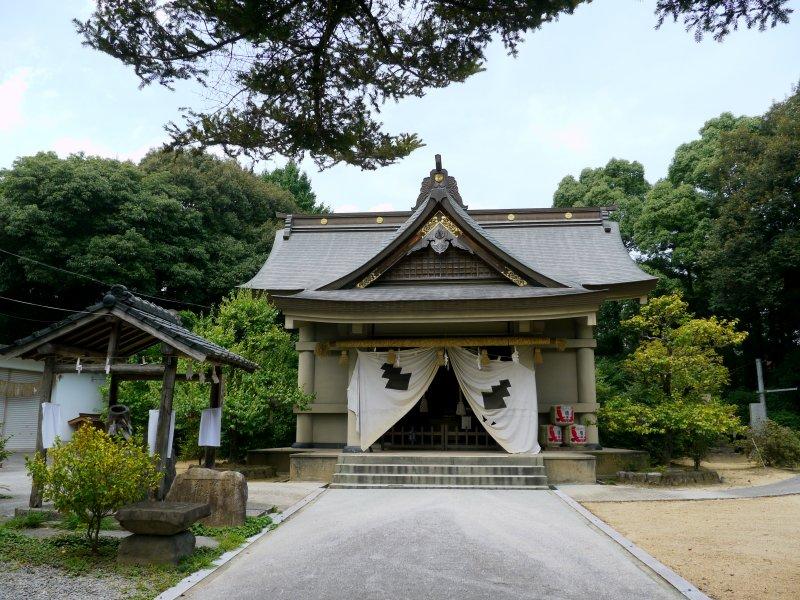
Tsuruoka Hachiman Shrine
View moreThis shrine is located on a small mountain in the town of Kawara, Tagawa District. Deities enshrined here include Emperor Ojin, Empress Jingu, and Tamayorihime-no-mikoto, and the shrine is said to have been established roughly 850 years ago by Chinzei Hachirō Tametomo.
-
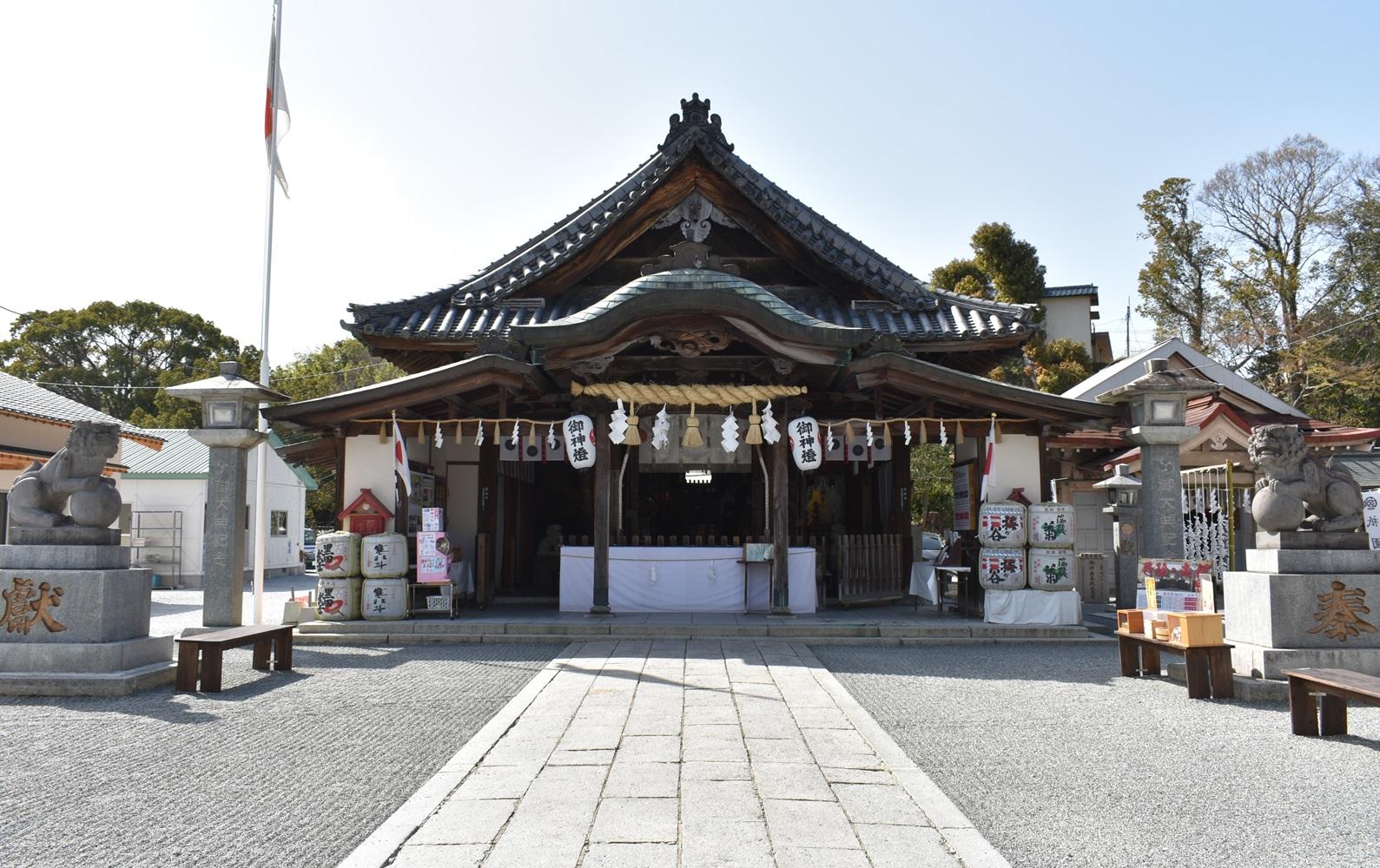
Nouso Hachimangu
View more (Japanese website)This shrine is said to be where the Empress Jingu held a festival to report her success after leading the conquest of three Korean Kingdoms. Visitors can access the shrine easily via bus or car due to its location in the city of Iizuka.
The O-Zoni of Fukuoka Prefecture.
Zoni is an indispensable dish for the New Year’s holiday. In Fukuoka, the base flavor for Zoni is a broth made from flying fish. Here, the most common form is Hakata Zoni, or yellowtail Zoni, containing Katsuona leaf, ungrilled round rice cakes, and yellowtail fish, considered auspicious for changing its name throughout its growth cycle. Meanwhile, an uncommon form of Zoni throughout Japan, which is steamed and hardened like the Japanese dish Chawanmushi, is famous in Asakura City and parts of Toho Village located in central Fukuoka, and there are restaurants that serve it throughout the seasons as a traditional local dish. Zoni varies slightly in other parts of the prefecture as well. For example, in the Chikugo region, Shungiku (chrysanthemum greens) and grilled round rice cake are added to Hakata Zoni, while in the Yame region, it is made with a broth made from Kombu seaweed and squid rather than the standard broth.


![[First Sunrise (Hatsuhinode)] Fukuoka Area-0](https://www.crossroadfukuoka.jp/storage/special_feature_paragraphs/3619/responsive_images/zRDXUlR9aVVbq9TLZggXyvU5jAwamOqrzsLRW7jS__1673_1115.jpg)
![[First Sunrise (Hatsuhinode)] Fukuoka Area-1](https://www.crossroadfukuoka.jp/storage/special_feature_paragraphs/3619/responsive_images/CazzTblh4q0od0p0gGR3Z0wDjzOIyHlUjFvLBXDp__1543_1029.jpg)
![[First Sunrise] Kitakyushu Area-0](https://www.crossroadfukuoka.jp/storage/special_feature_paragraphs/3621/responsive_images/JQpgi437hT1yVfhFP48Mcdq6VVEWtXS4SzKzHxxF__1673_1115.jpg)
![[First Sunrise] Kitakyushu Area-1](https://www.crossroadfukuoka.jp/storage/special_feature_paragraphs/3621/responsive_images/xoPfk31mP2AZw2nKA7WnPBkRgrhS8qLdSakX8hB1__1673_1115.jpg)
![[Hatsumode] What is Sansha-Mairi?-0](https://www.crossroadfukuoka.jp/storage/special_feature_paragraphs/3625/responsive_images/NwjgoQ7NKaupxDg6Fhv5fVjMxlbG7CgSdsSocvvj__1673_1115.jpg)
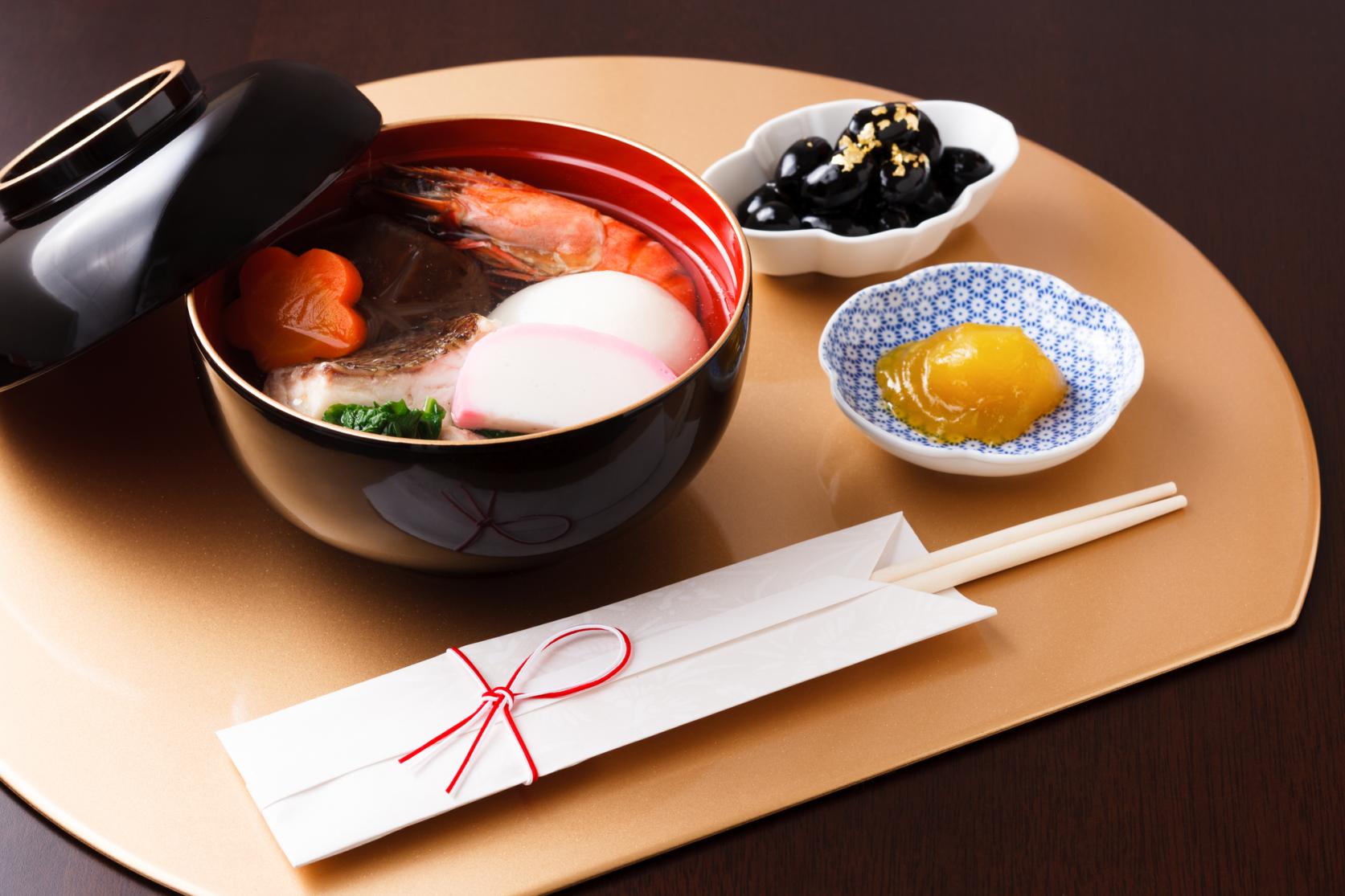
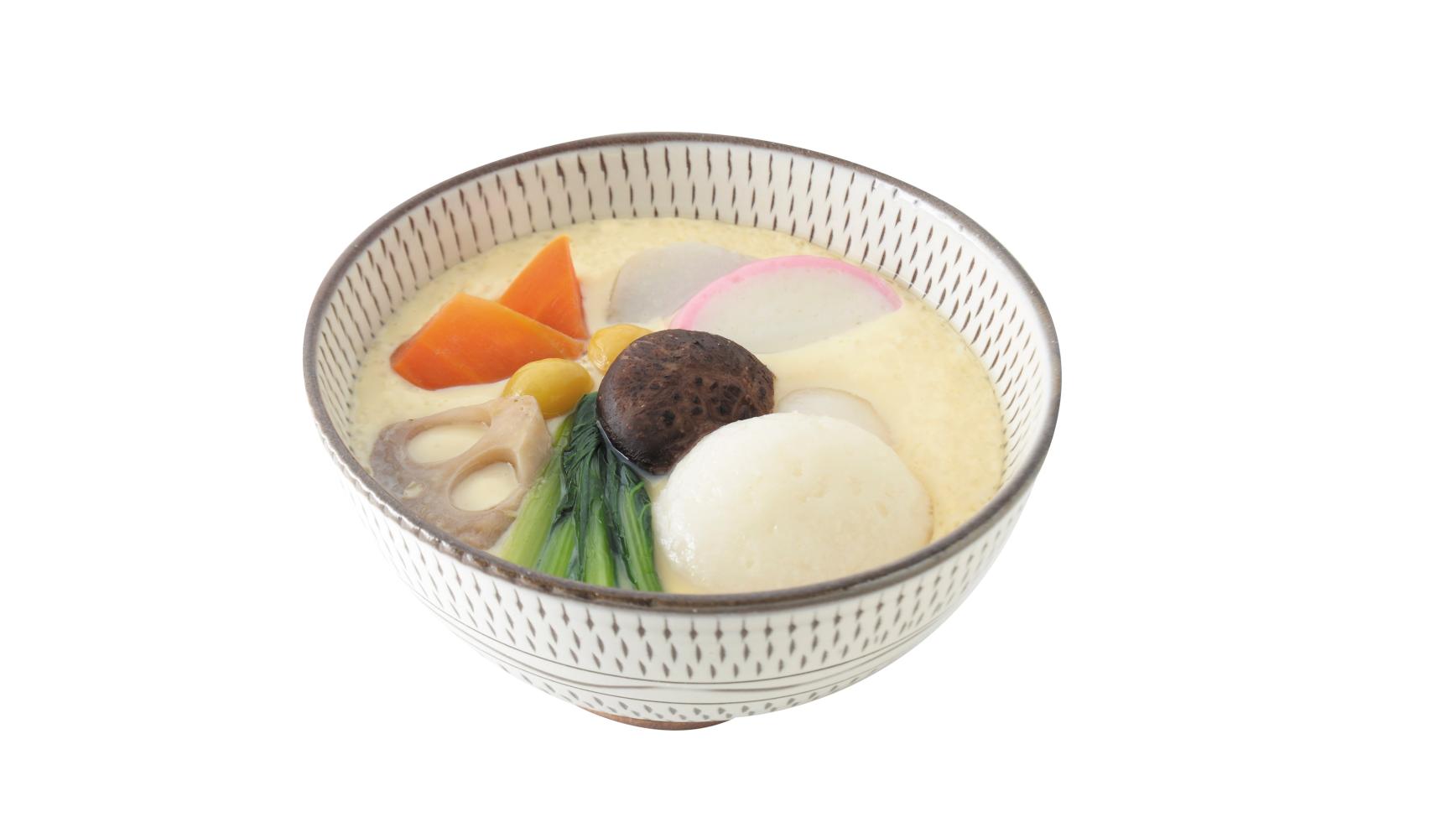
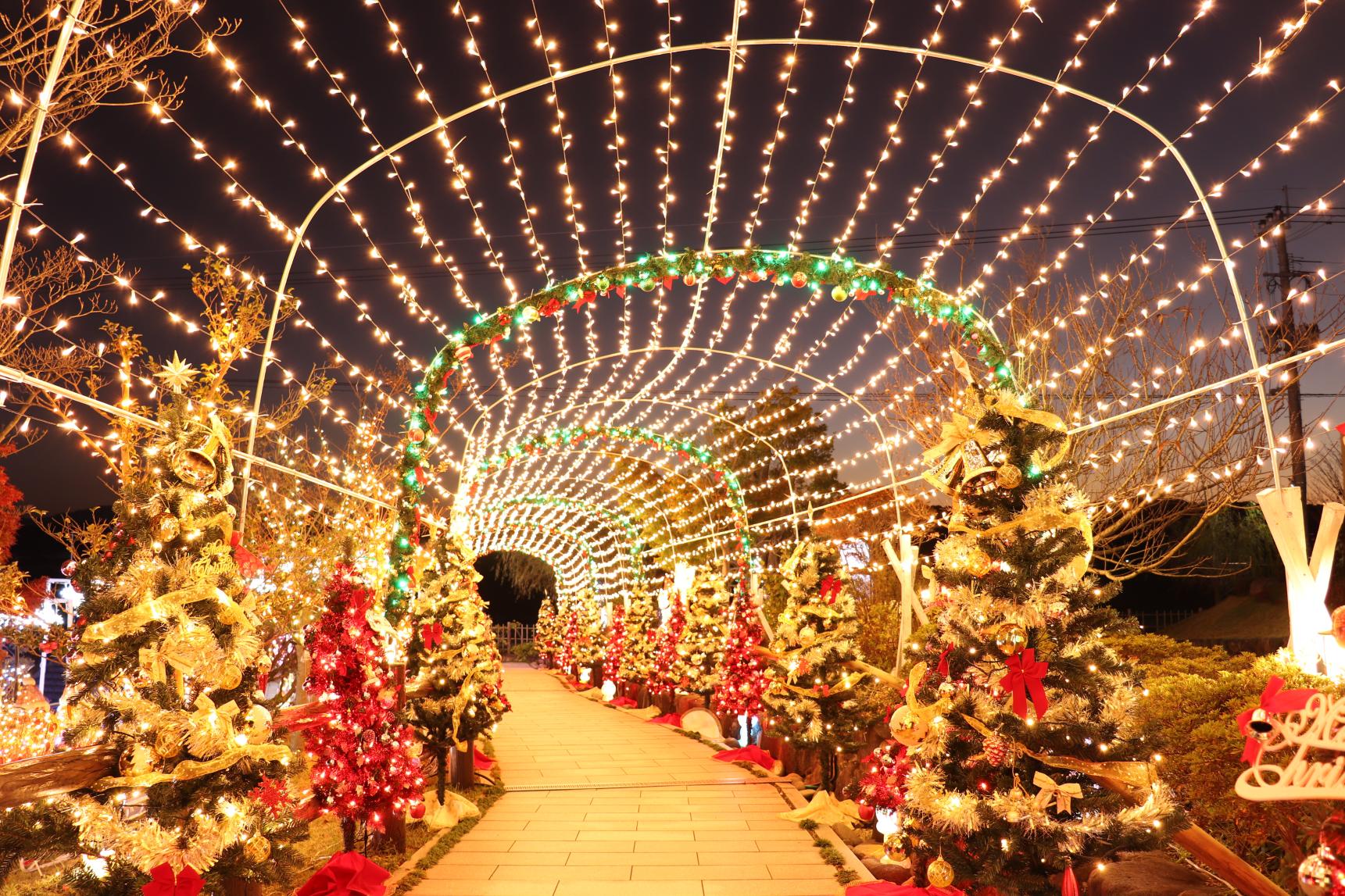
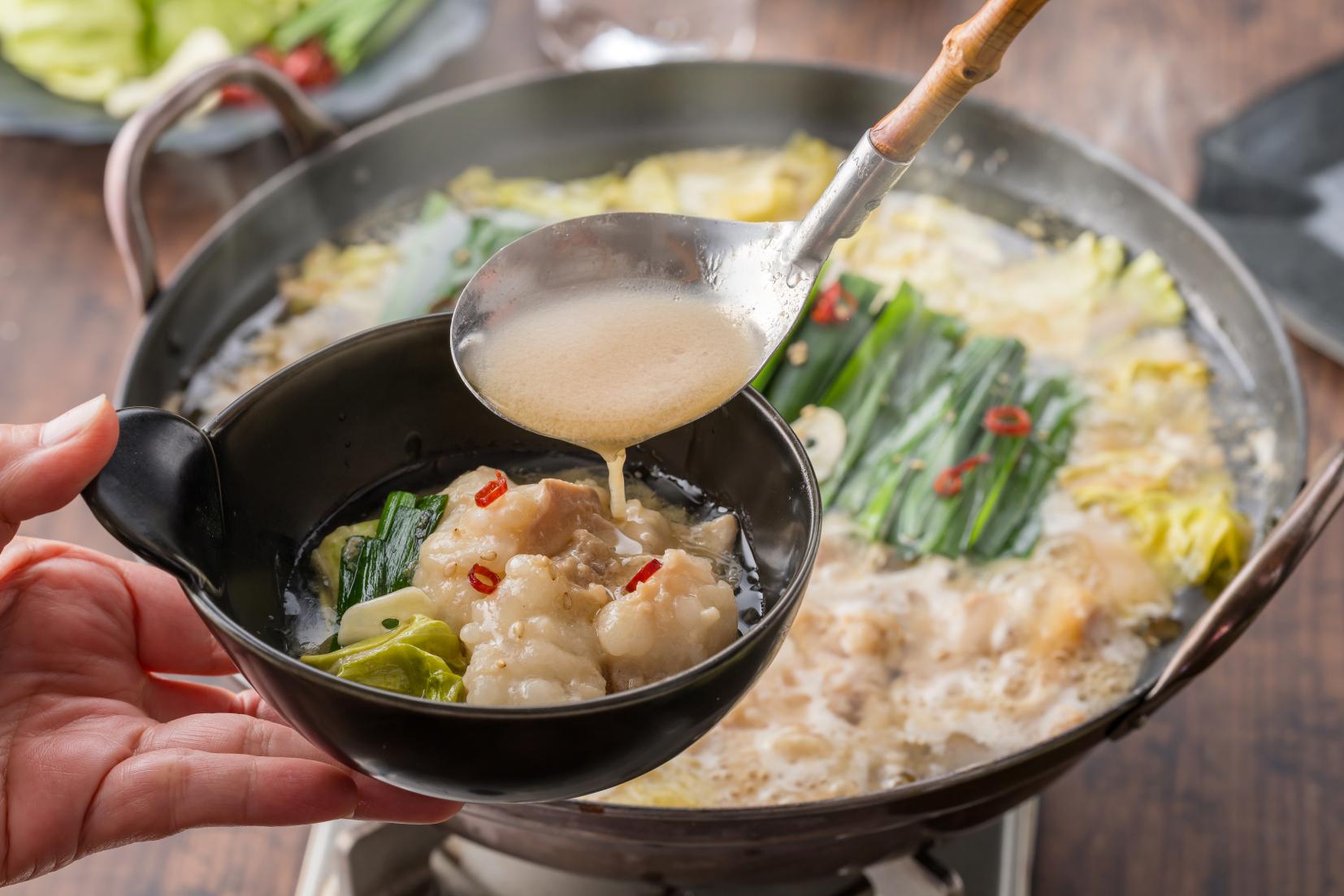
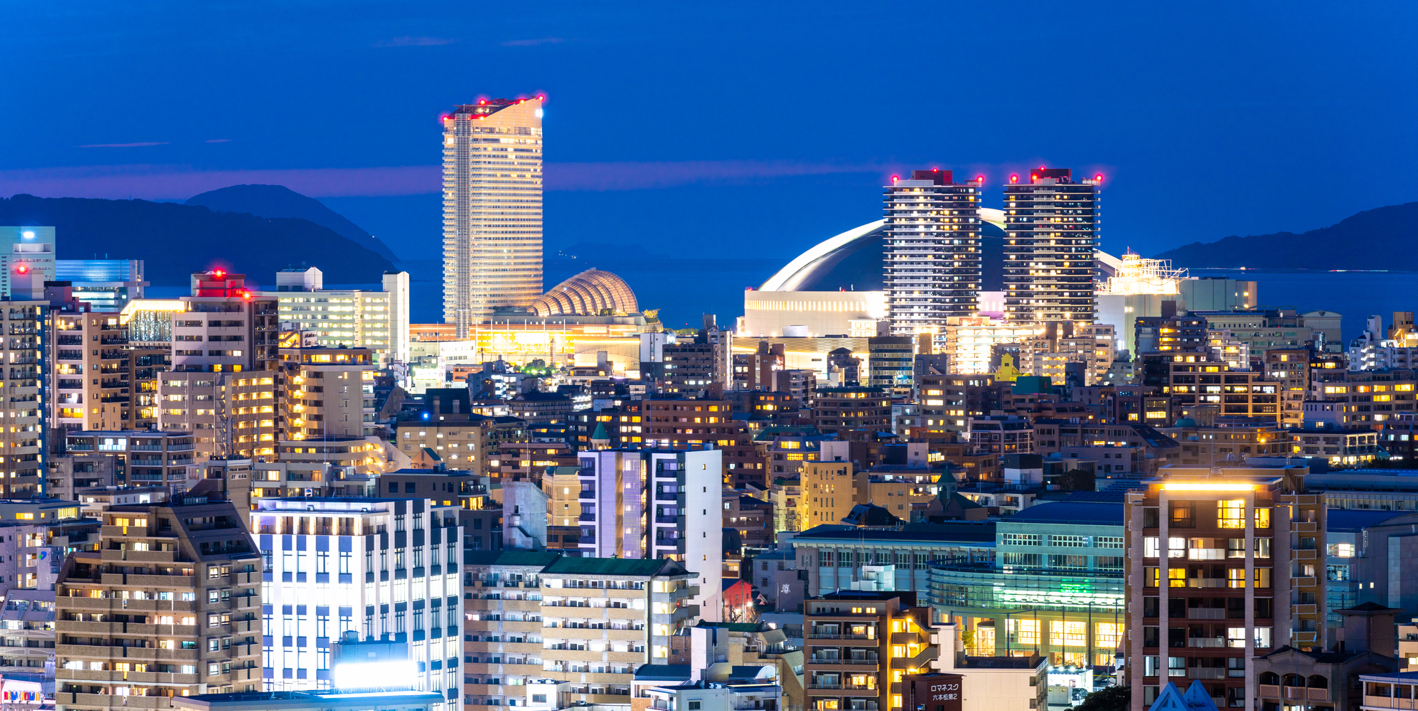
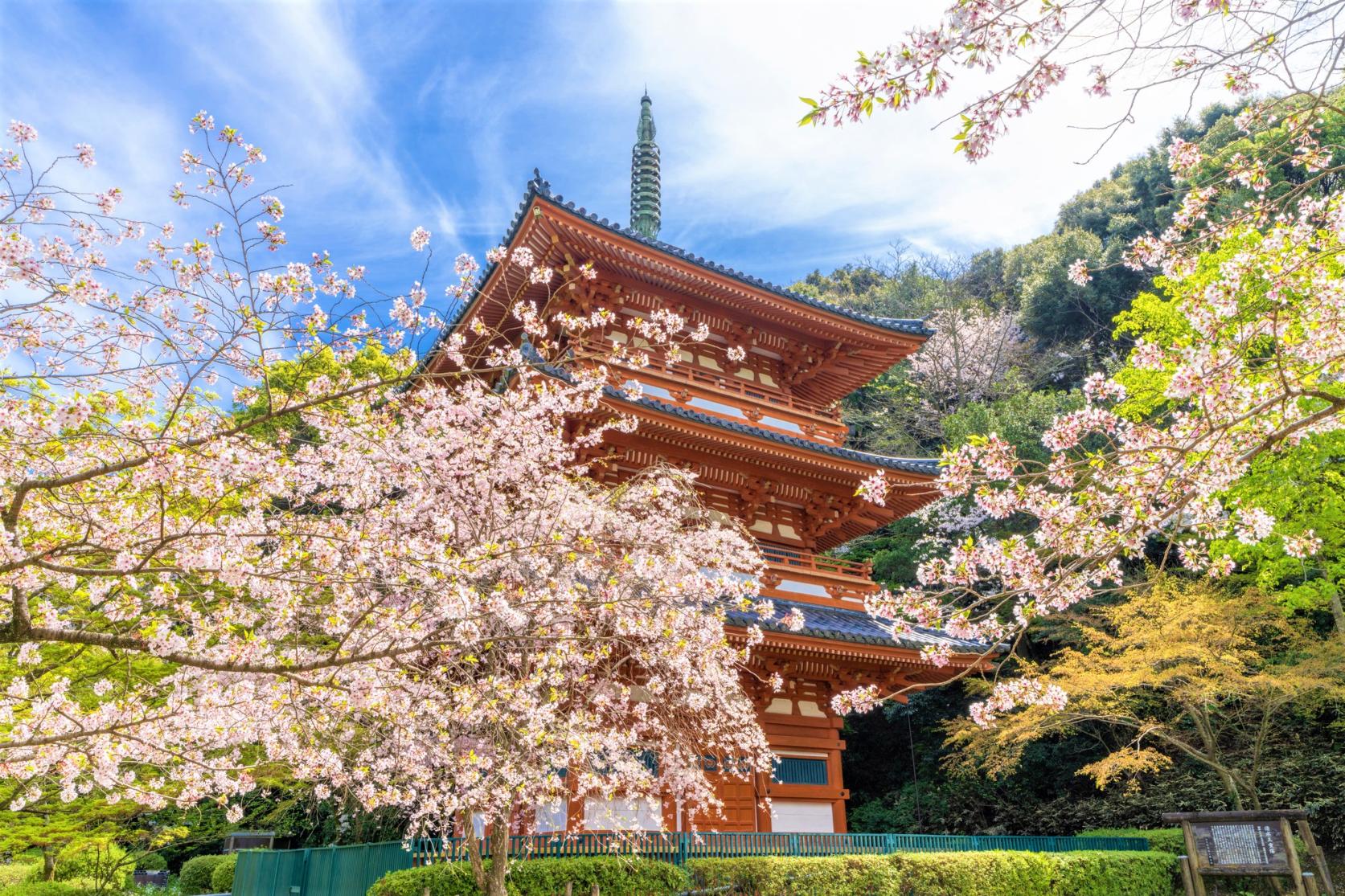
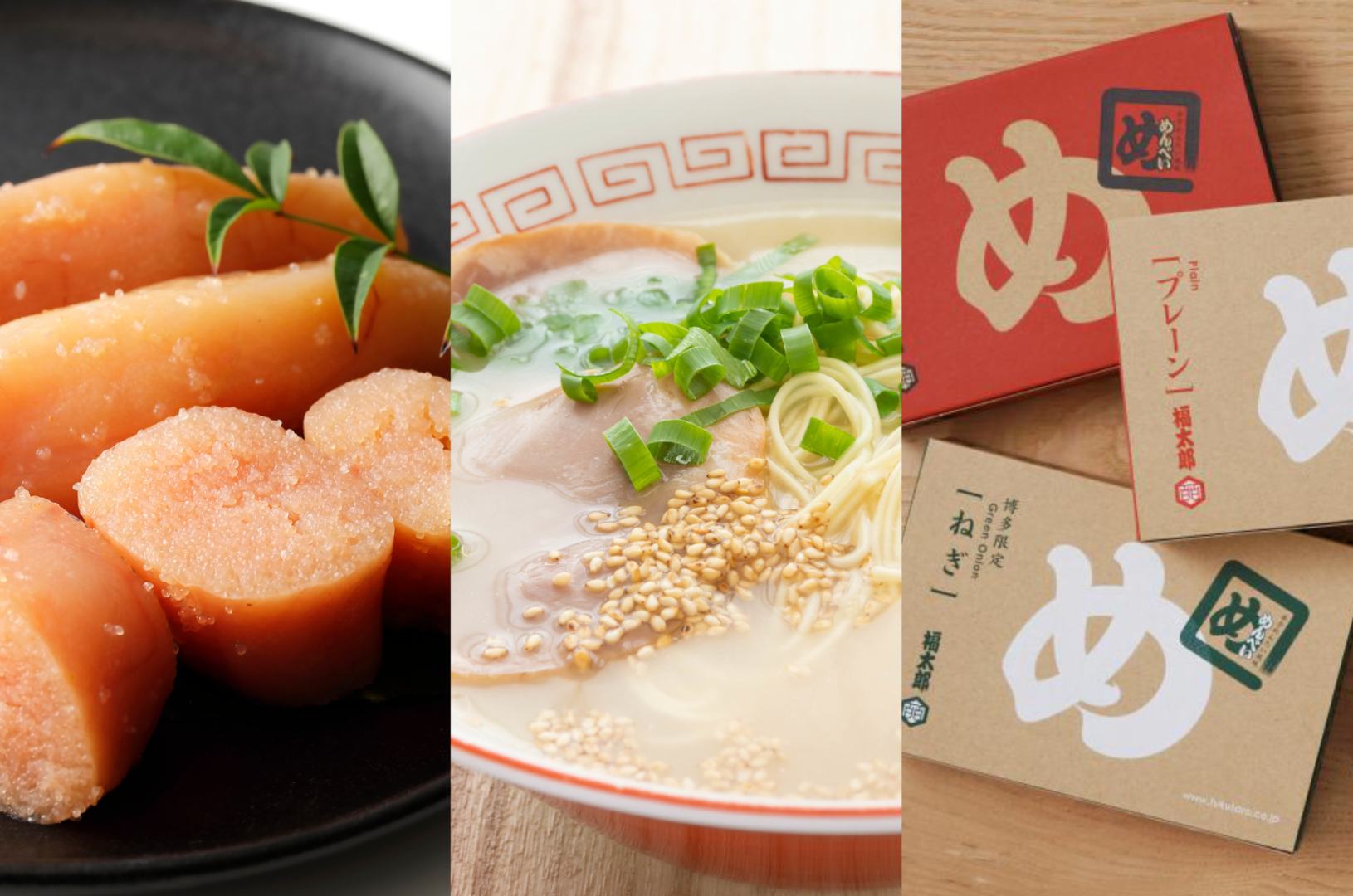
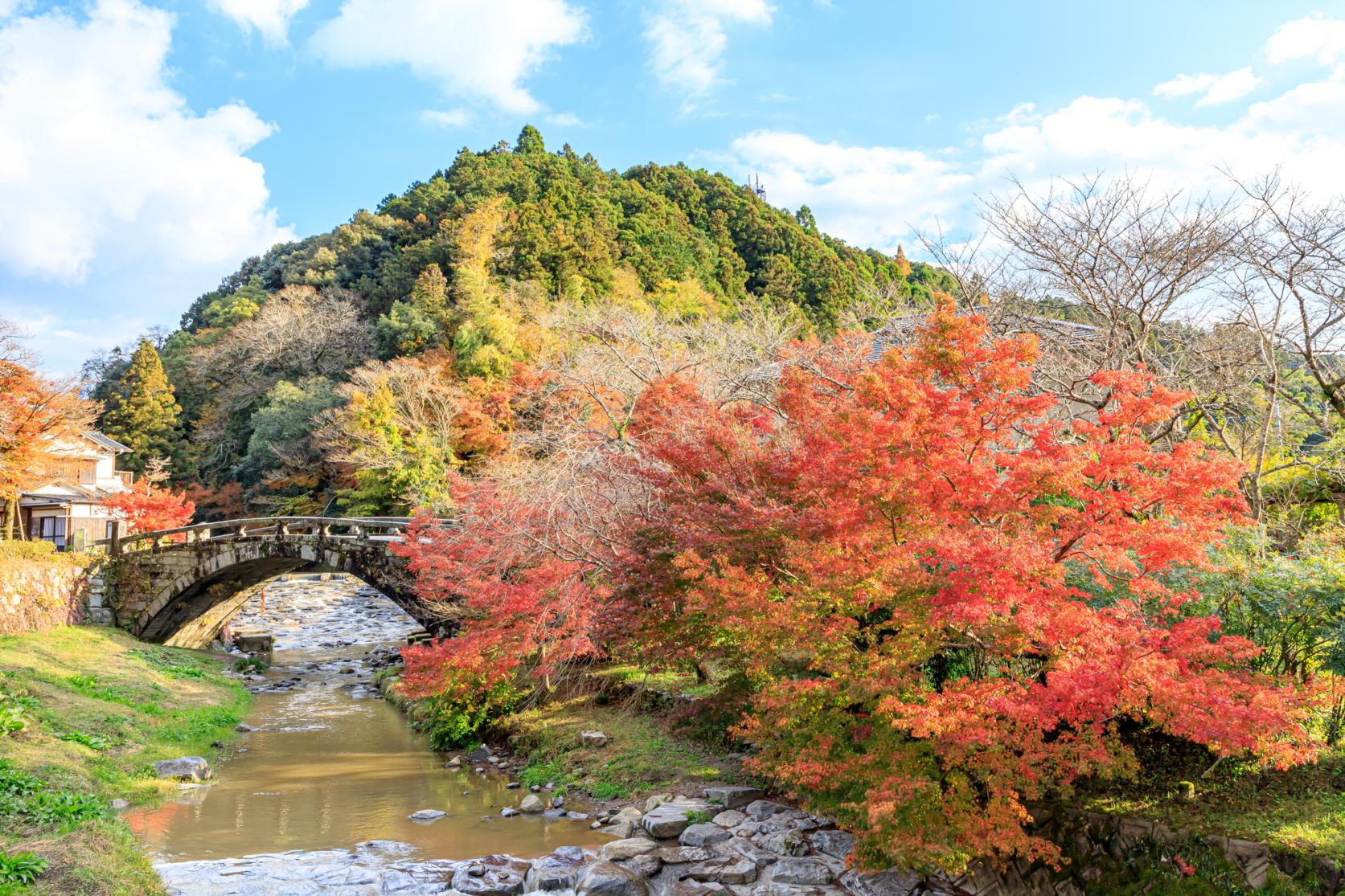
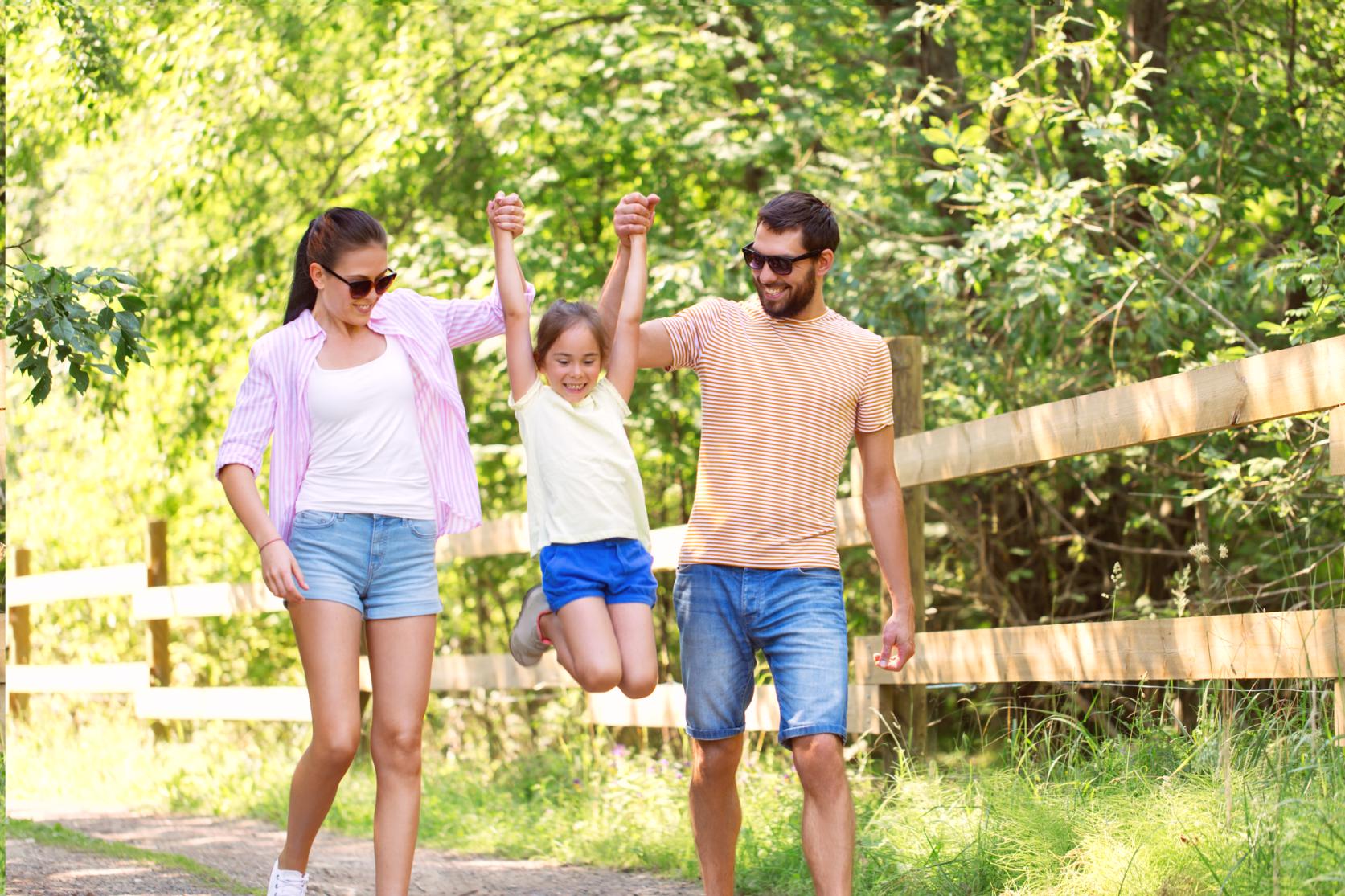
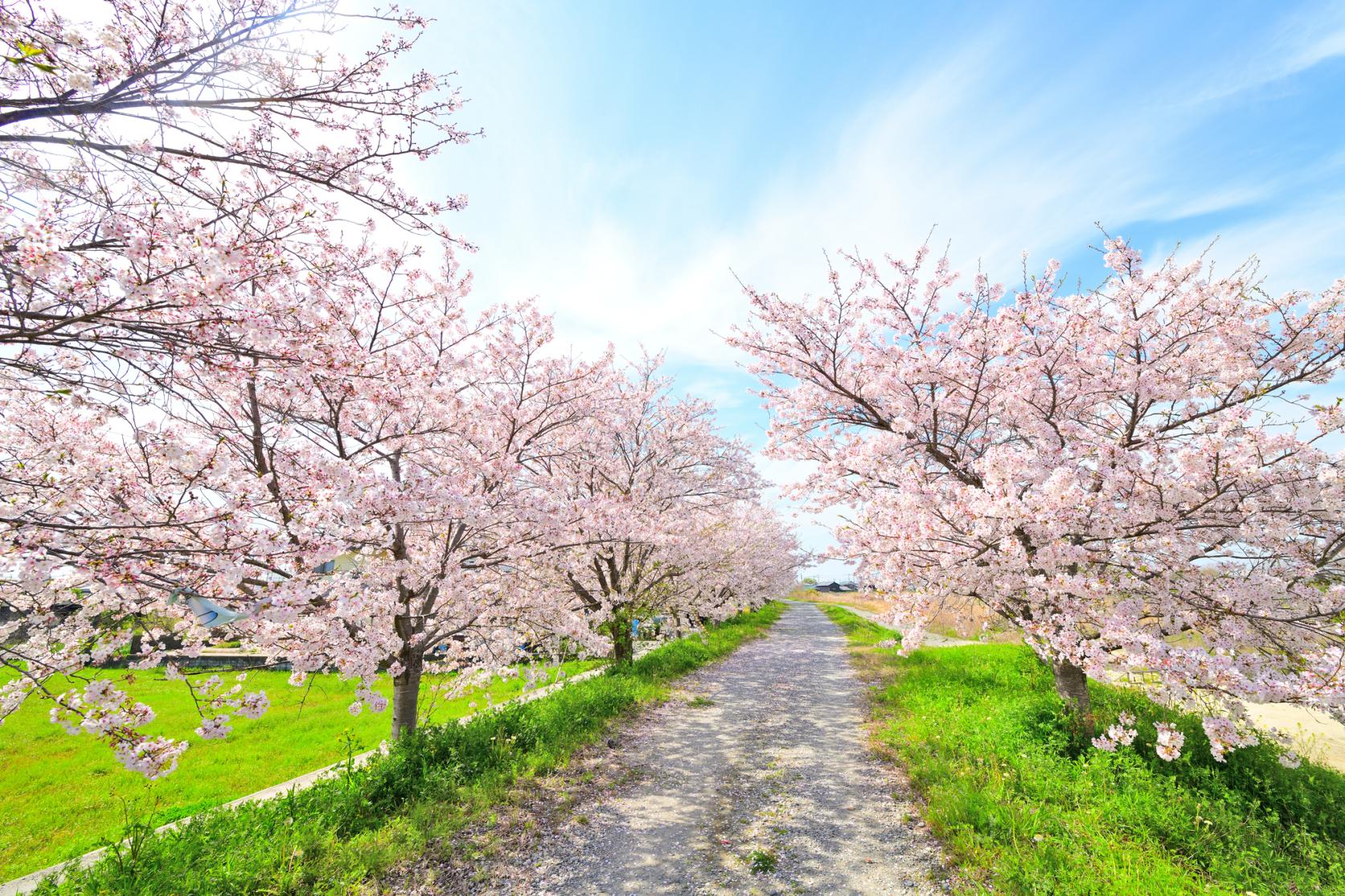
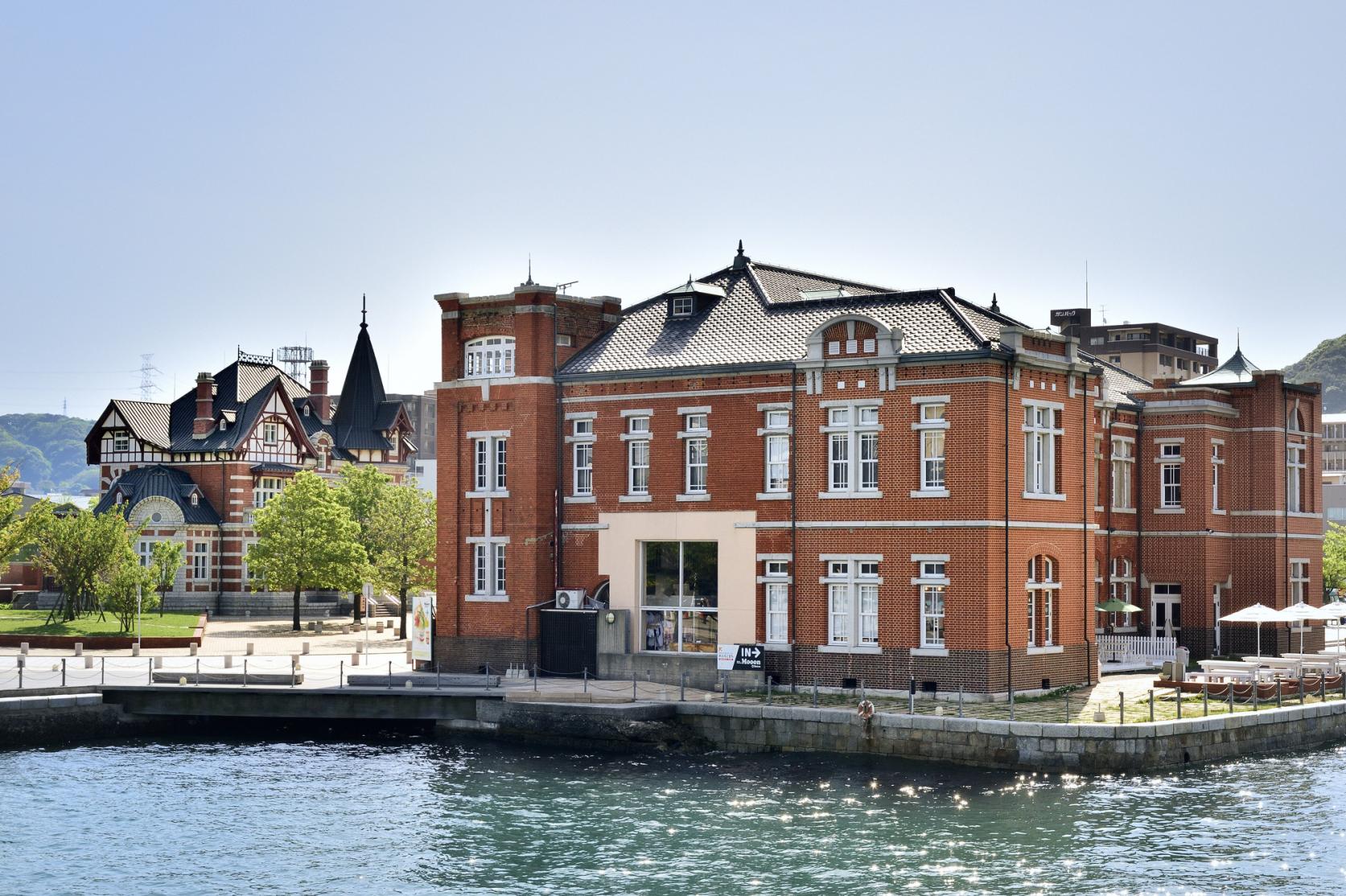
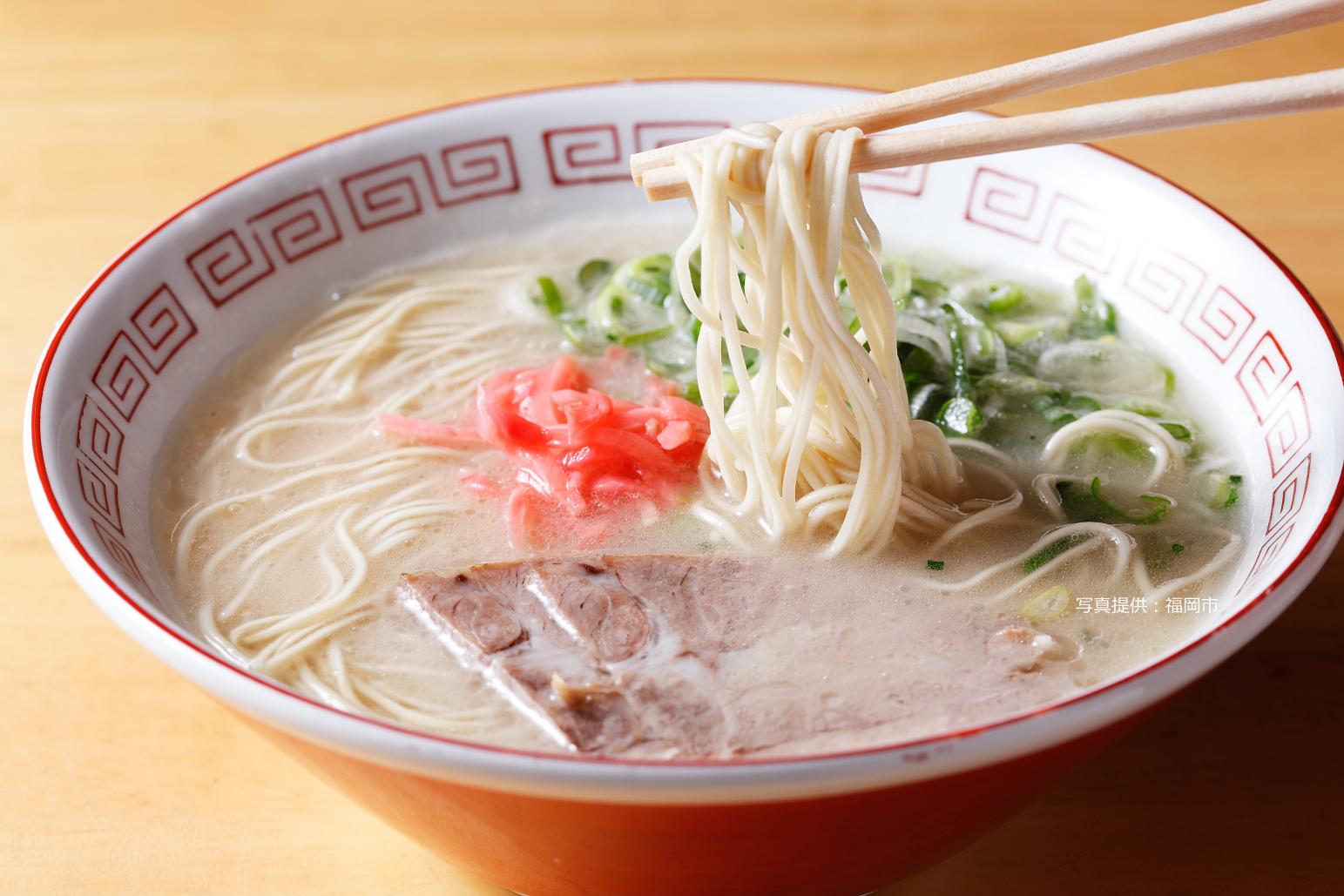
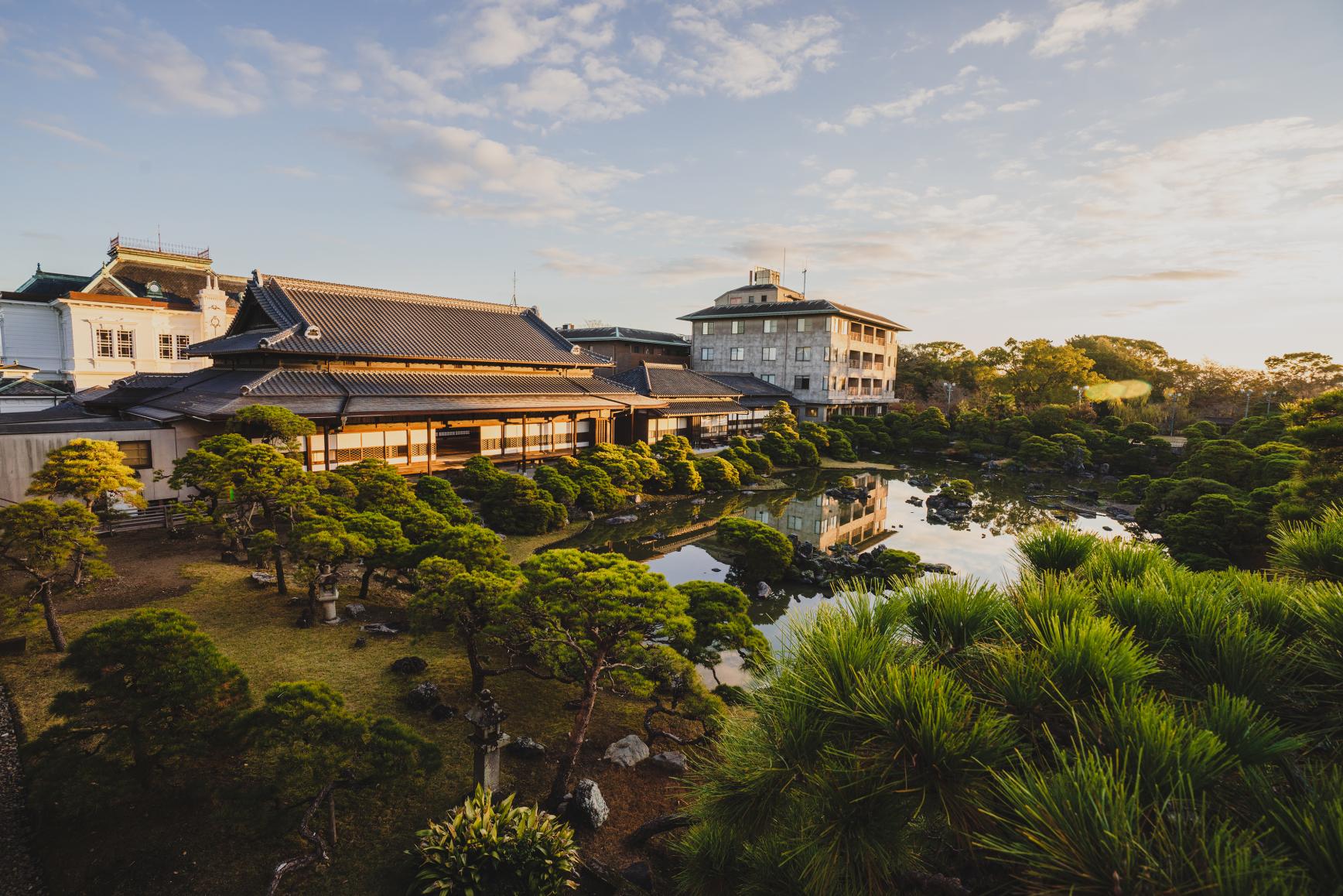
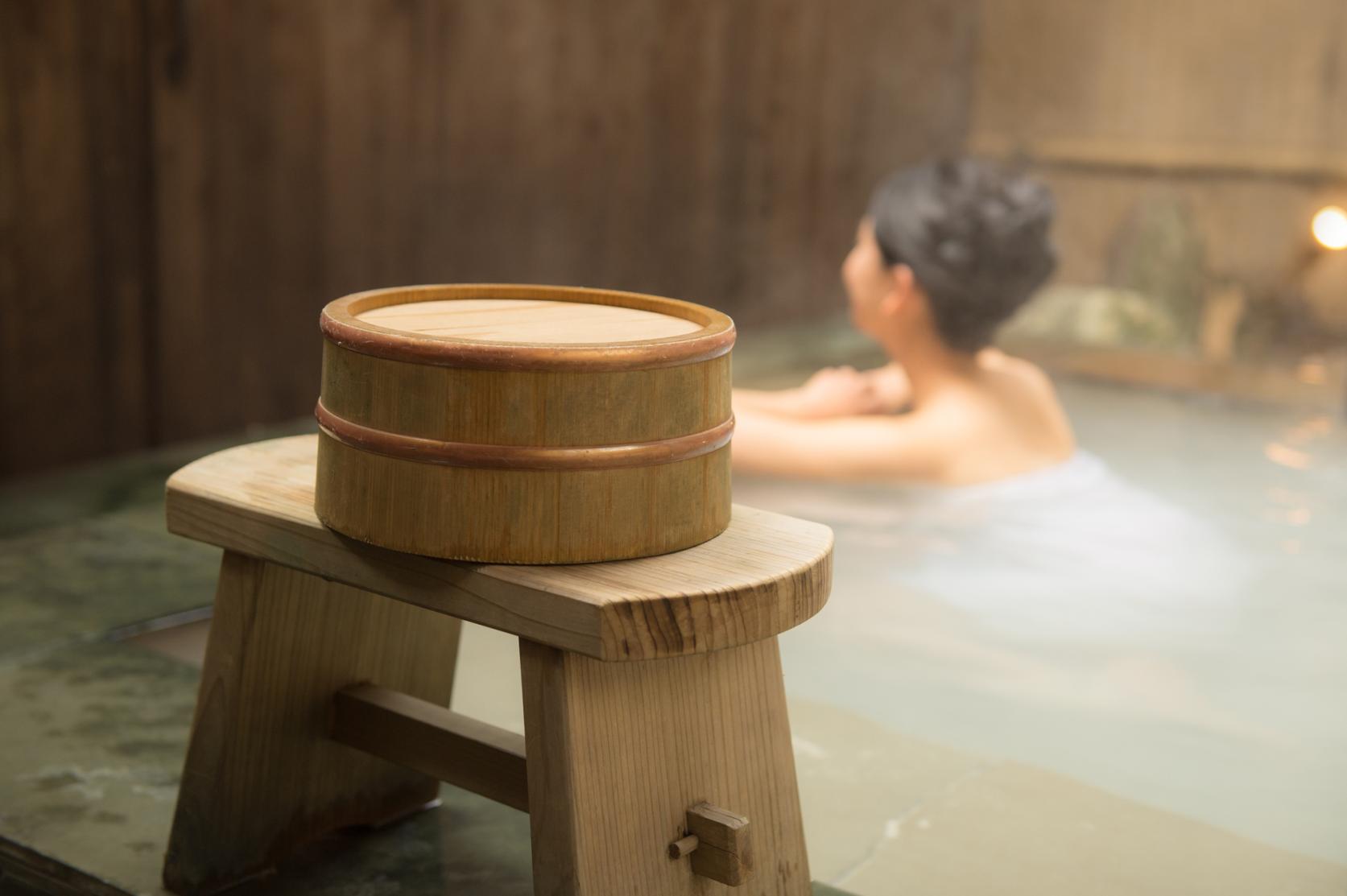
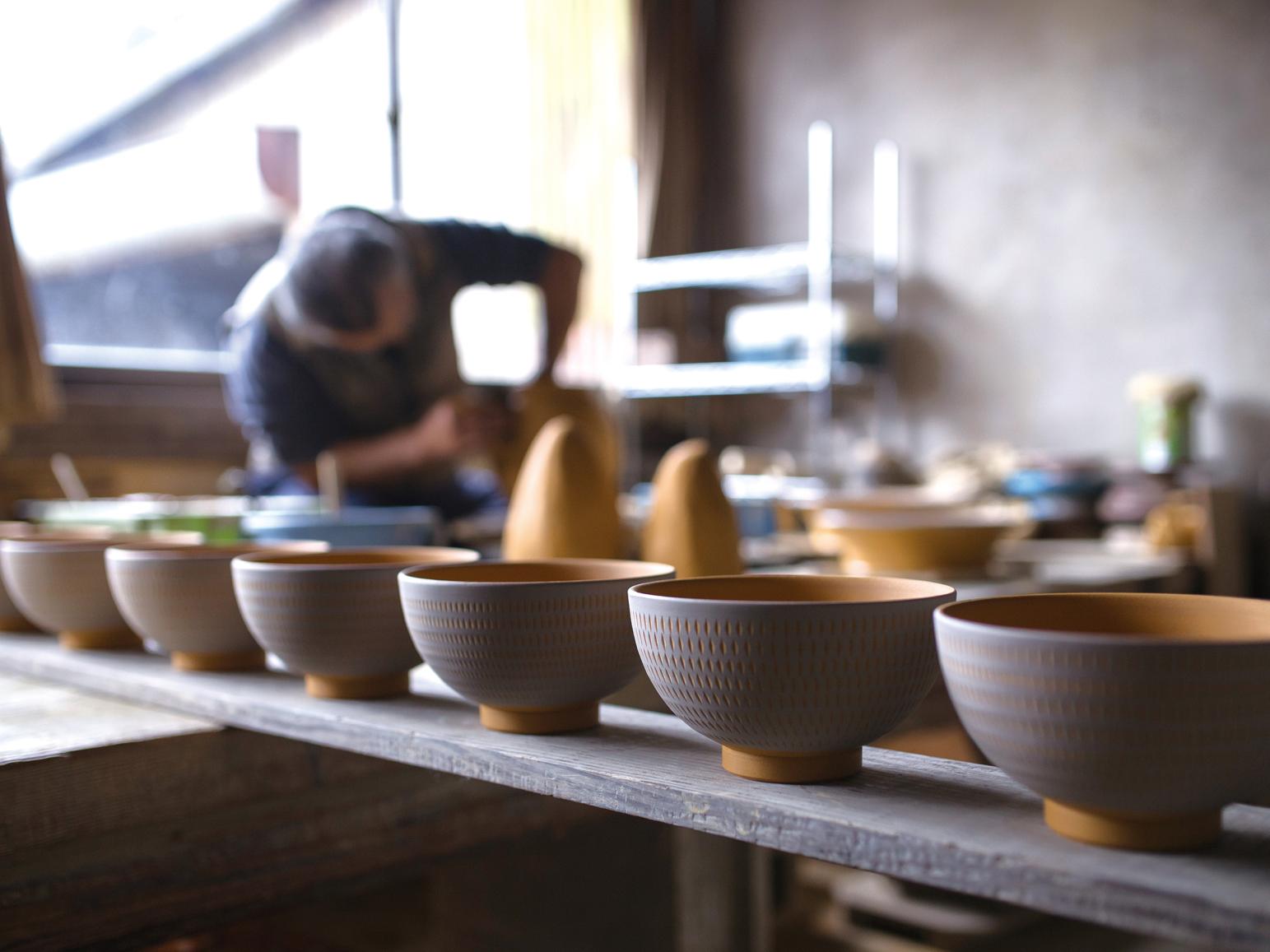
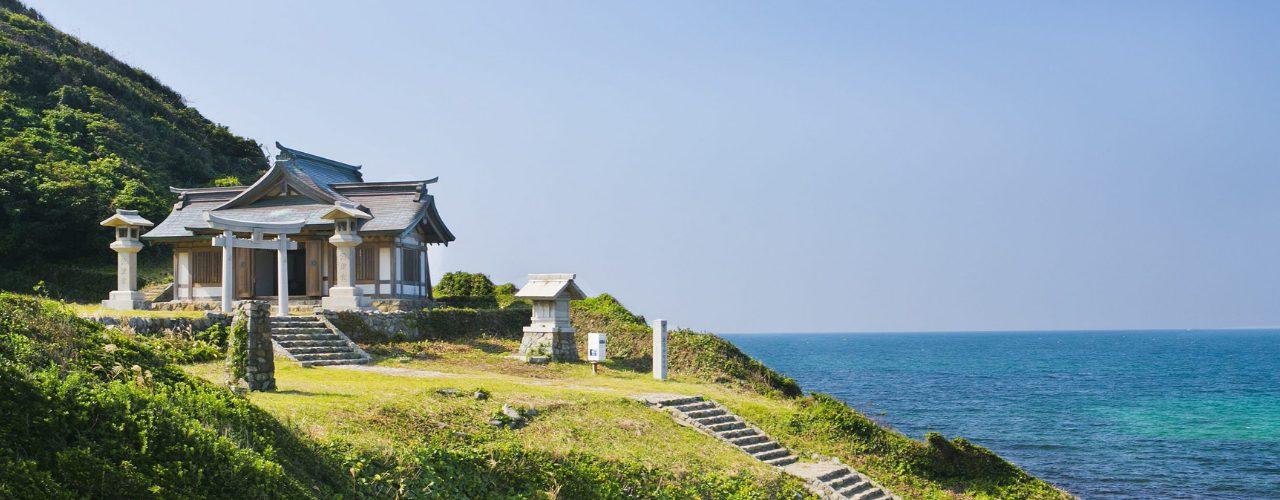
![[2025] Strawberry Picking Spots in Fukuoka-1](https://www.crossroadfukuoka.jp/storage/special_features/49/responsive_images/9ZHgrqvQdpH8tM4IRF54DXu0aPBF3YGGkj5WOTGc__1673_1115.jpg)
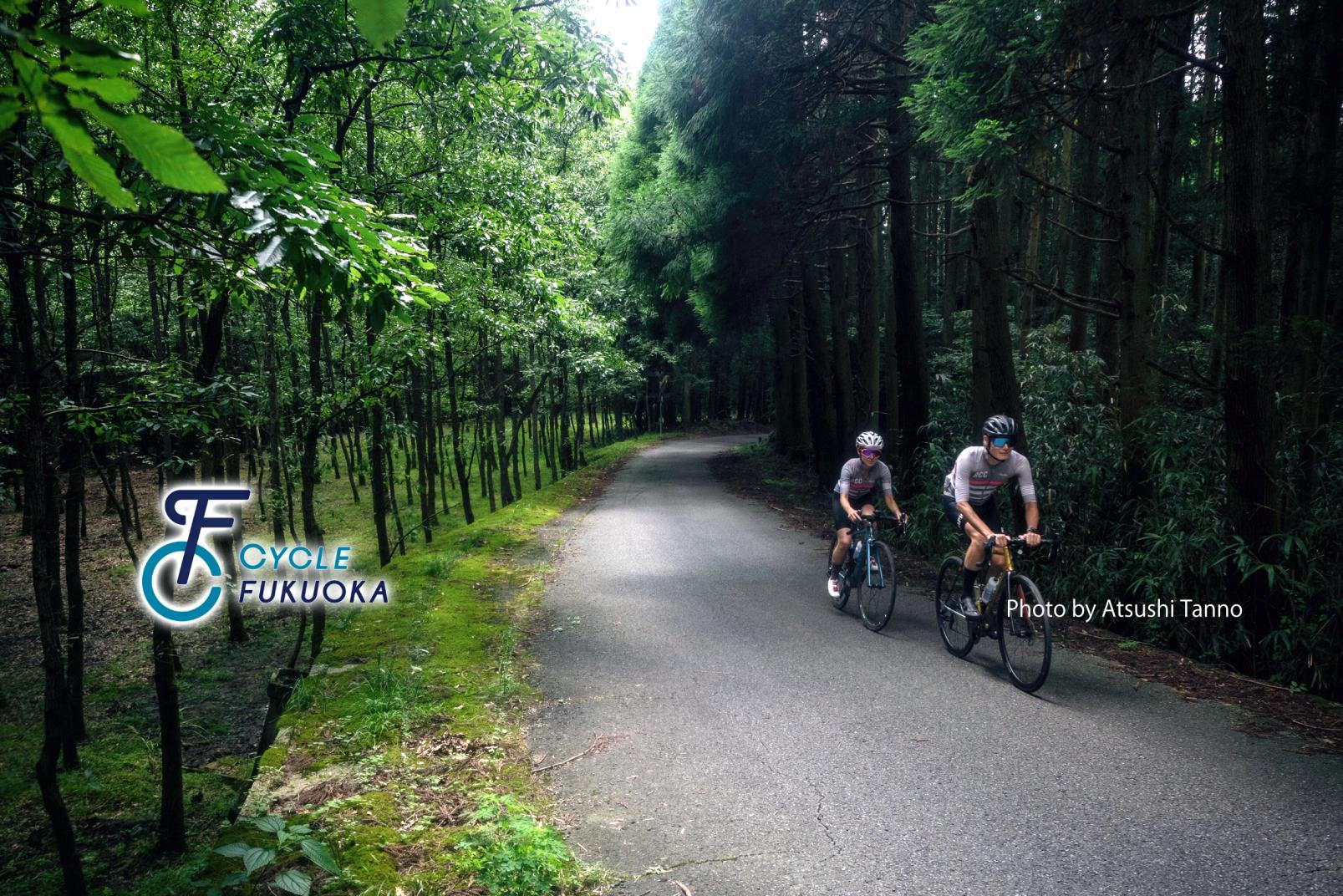
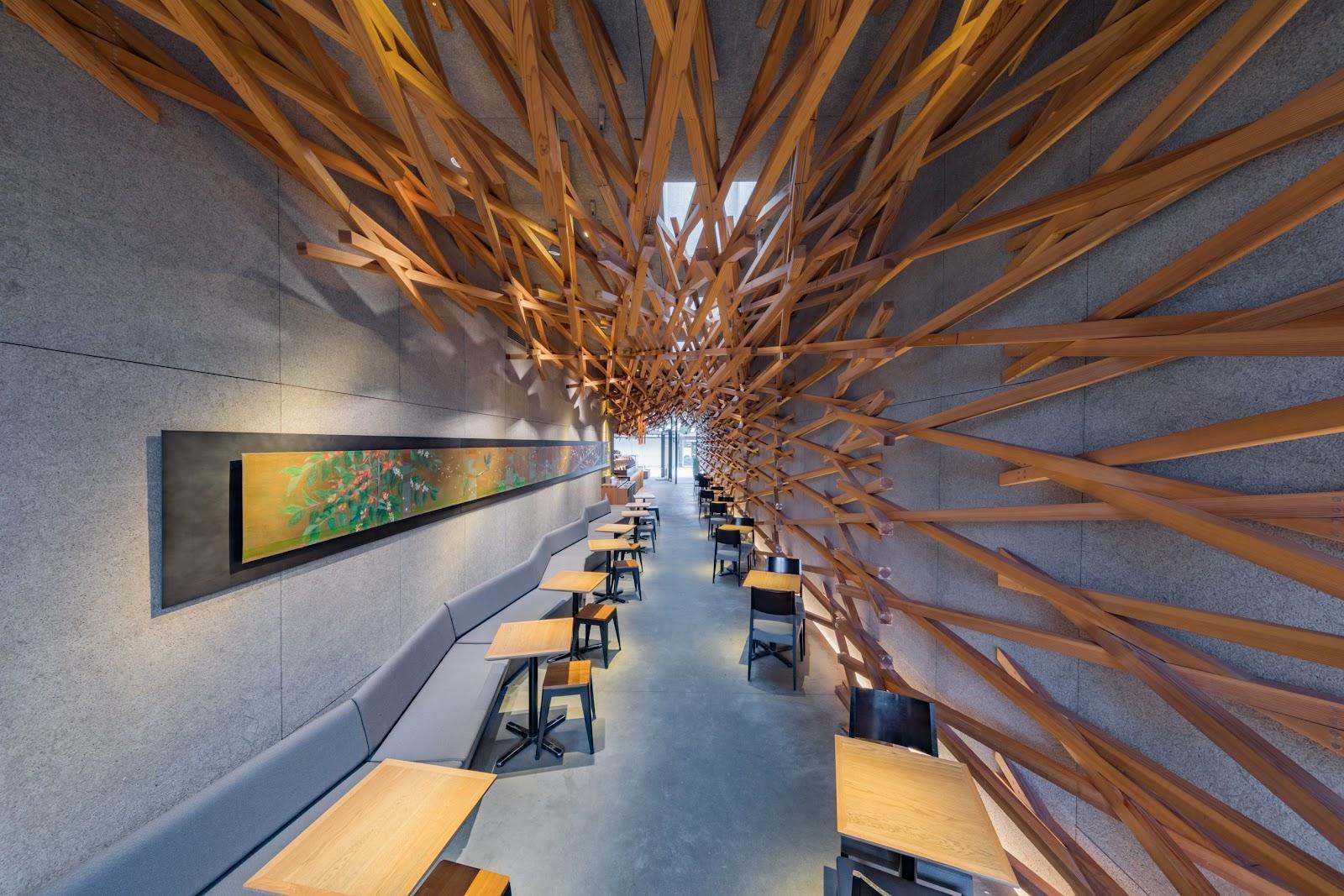
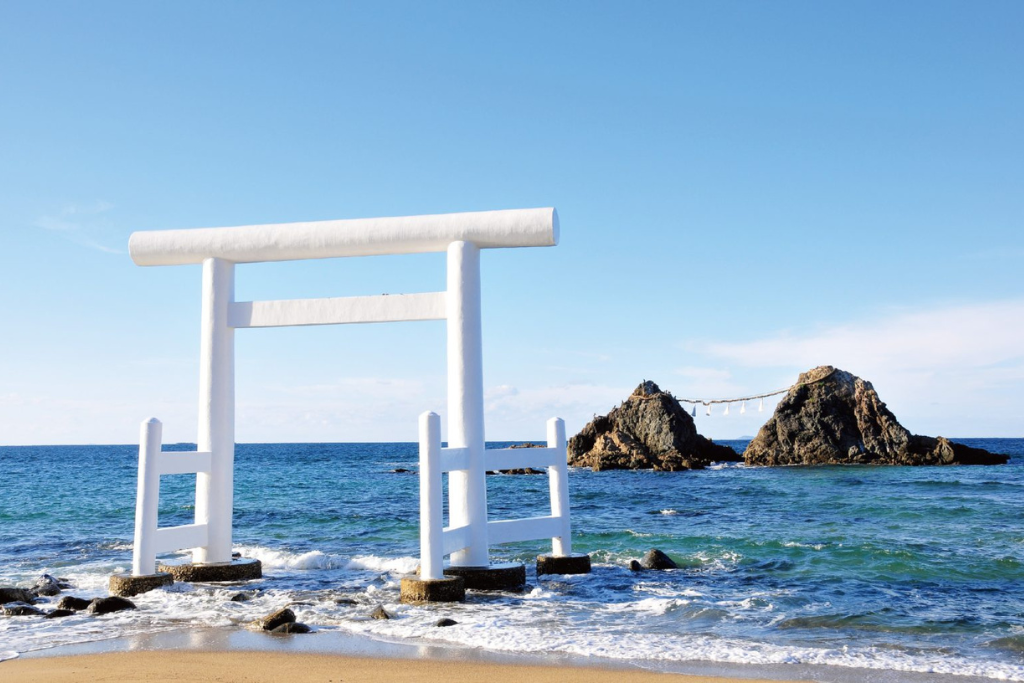
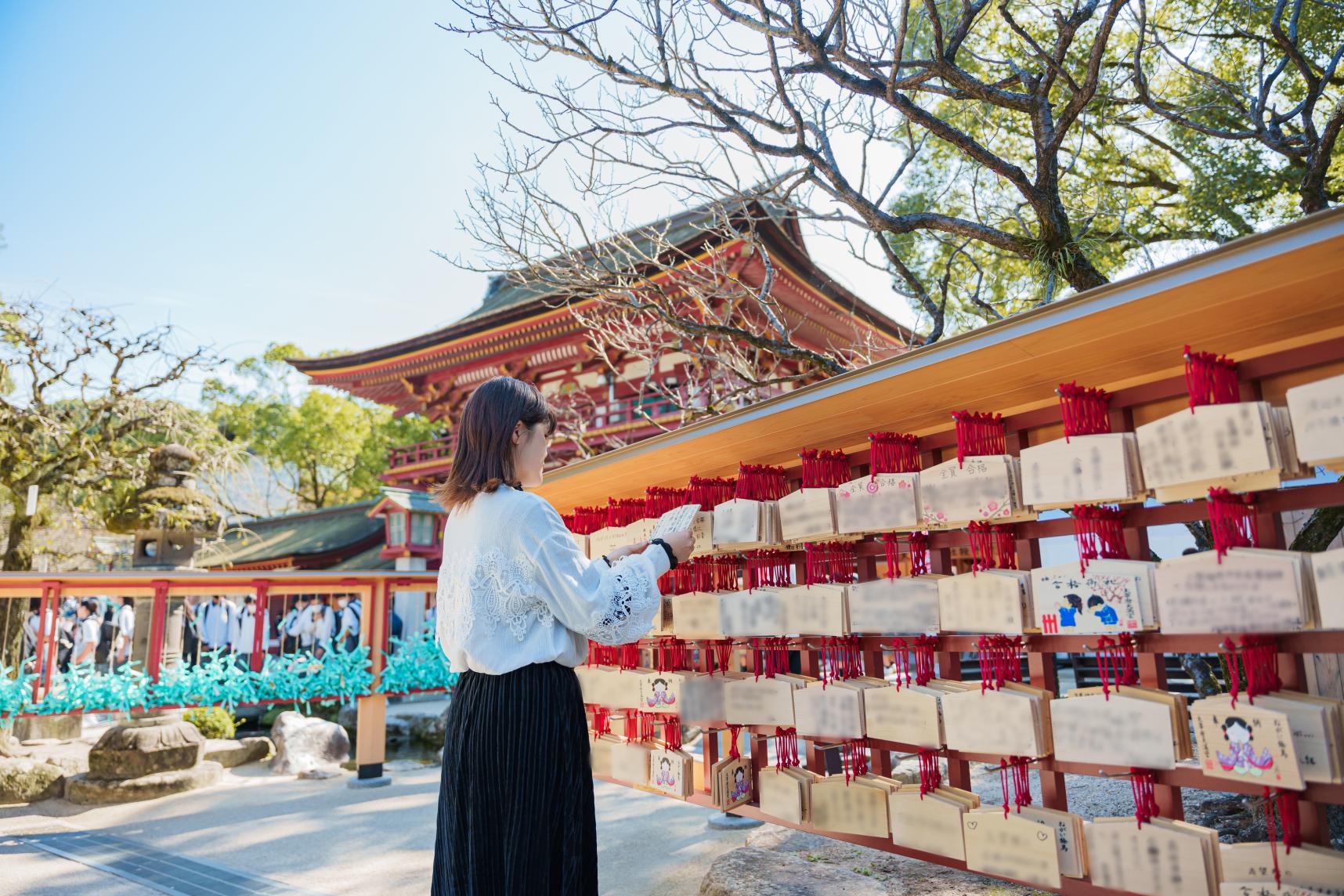
![[2024 Edition] Filled with blessings! The ultimate Fukuoka power spots to bring you happiness.-1](https://www.crossroadfukuoka.jp/storage/special_features/320/responsive_images/6SsCvBDXBhlZoAGUgarTOpZpEaEwsIqsWzSxW8cw__1289_856.png)